2018 Beirut Design Fair scenography will be designed by GM Architects
An emergence of Beirut’s cultural and creative energy
Beirut Design Fair is being held for the second time in its history, as an important hub for multi-cultural design and innovation in the region. Bringing together emerging and established designers with industry leaders and the public, highlighting the creative power of the Lebanese capital.
In order to further shed light upon this emergence of a cultural and creative boom happening in Beirut, GM Architects has decided to pay tribute to the city, its past and its future. Recalling a pre-civil war, 1960 Golden Age, and declaring a new renaissance for the Lebanese capital as a global hotspot for rising talent and culture.





GM Architects is pleased to announce a collaboration with Beirut Design Fair, in the design of its interior exhibition space. An impressive 4,000m2 space, that will welcome thousands of visitors and where creatives and designers from the region and around the globe will exhibit their own creations and designs.
GM Architects is inspired by the “organized chaos” that so clearly defines the organic urban growth of Beirut, mixing its changing colors, proportions, and styles; the architects’ goals was to create the interiors of Beirut Design Fair such as they reflect this influx of creativity and fertile ground for innovation in design.
Galal Mahmoud explains his inspiration and main theme for the exhibition space as “the layered evolution of Beirut’s urban fabric as it continuously evolves from order to disorder and vice versa...Space will be organized like a city, where one tends to get lost in its play of narrow and wide streets all while having punctual high landmarks that gives a sense of direction.”
Such effect will be will be materialized, the architect explains, through the use of shifting walls, that serve to give a direction to the visitor and guide them through the exhibition- all while being used as partition walls for the various stands. The colors that were chosen are a direct reference to Beirut’s golden age, a reminder of past times marked by bright optimism for the future “as we try to get back on that right track that we were once on half a century ago” Galal Mahmoud explains.
Also based in Beirut, GM Architects, makes part of this very fabric of the city’s design and creative emergence and promising influential future in the region and internationally.
About Beirut, design hub of the Levant
BEIRUT DESIGN FAIR is principally dedicated to collectible and limited edition contemporary or vintage furniture and design objects. The fair presents pieces by leading international designers and galleries from across the world (Europe, USA, Middle East), with about 60 exhibitors from over 10 countries. The event includes a non-commercial program consisting of conferences and round-tables, workshops, installations and live performances.
BEIRUT DESIGN FAIR offers an exceptional, innovative program that confirms Beirut’s role as one of today’s most vibrant centers of contemporary creation while positioning Lebanon in its rightful place: as the Design Platform of the Middle East!
For more information, please visit: https://beirut-design-fair.com/
Finnish library culture on display at the Venice Architecture Biennale
A new central library will open in the Finnish capital in December 2018 that promises to transform the way we think about public spaces and libraries. Finland’s library culture is on display at the Venice Architecture Biennale from 26 May to 25 November 2018.
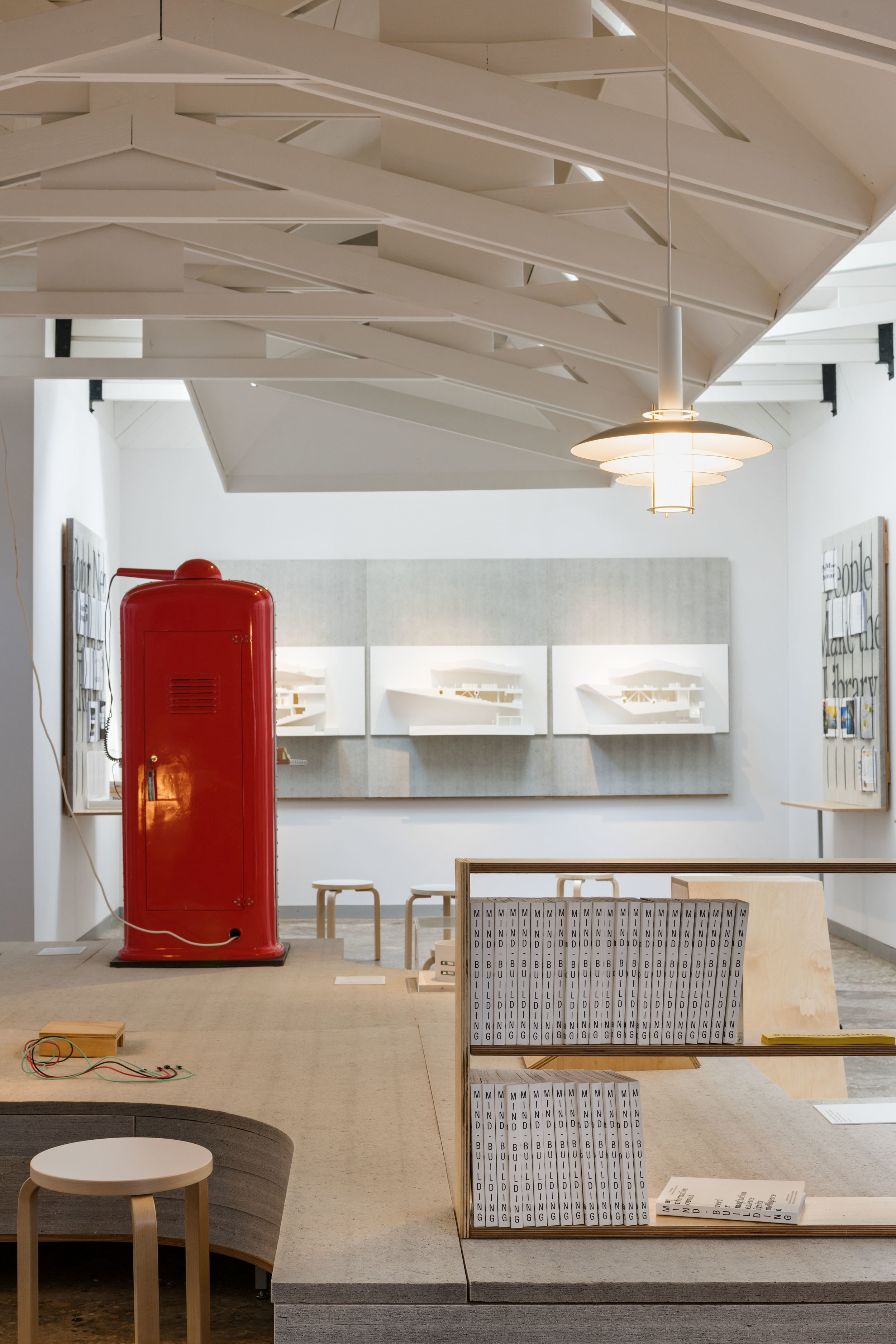
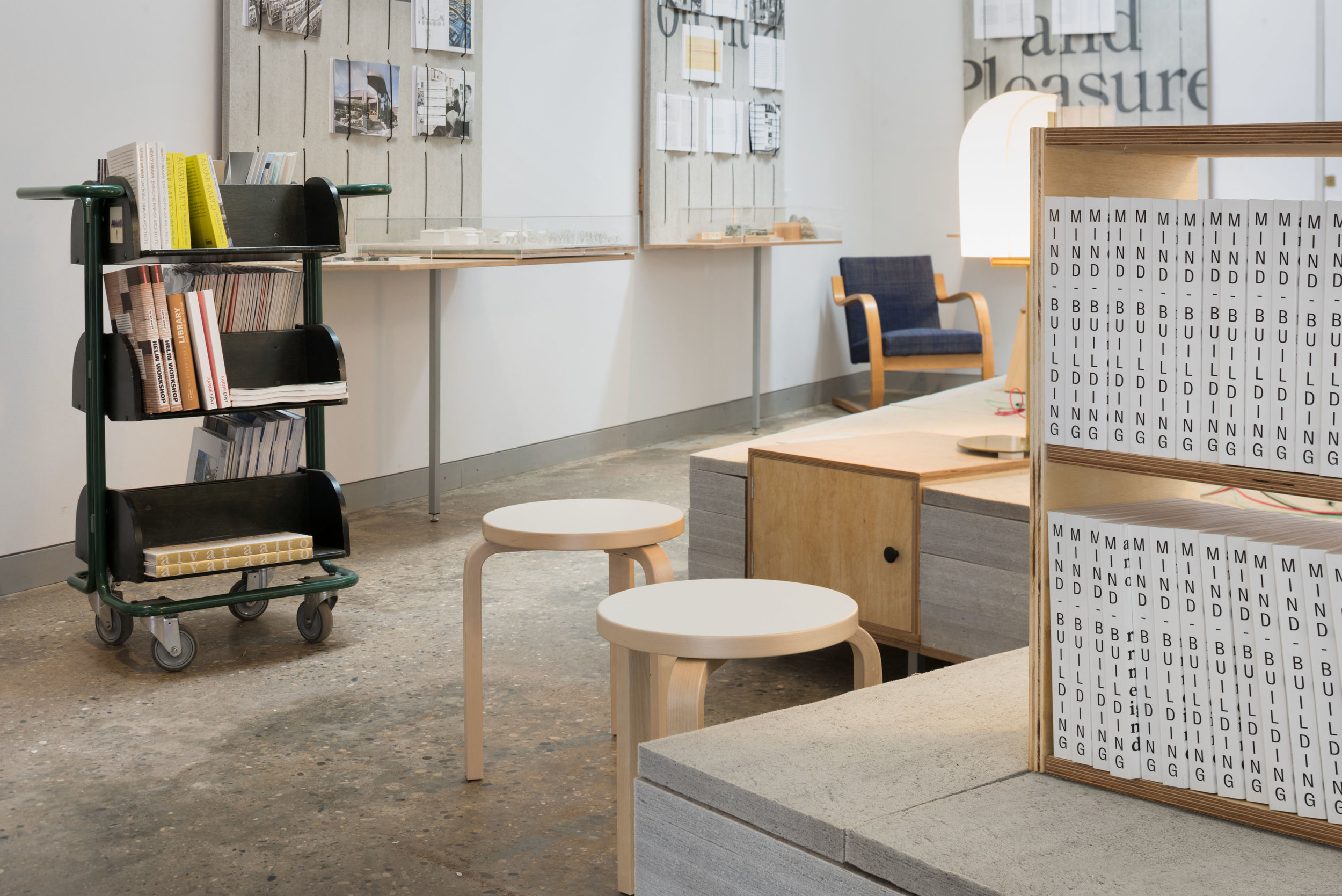
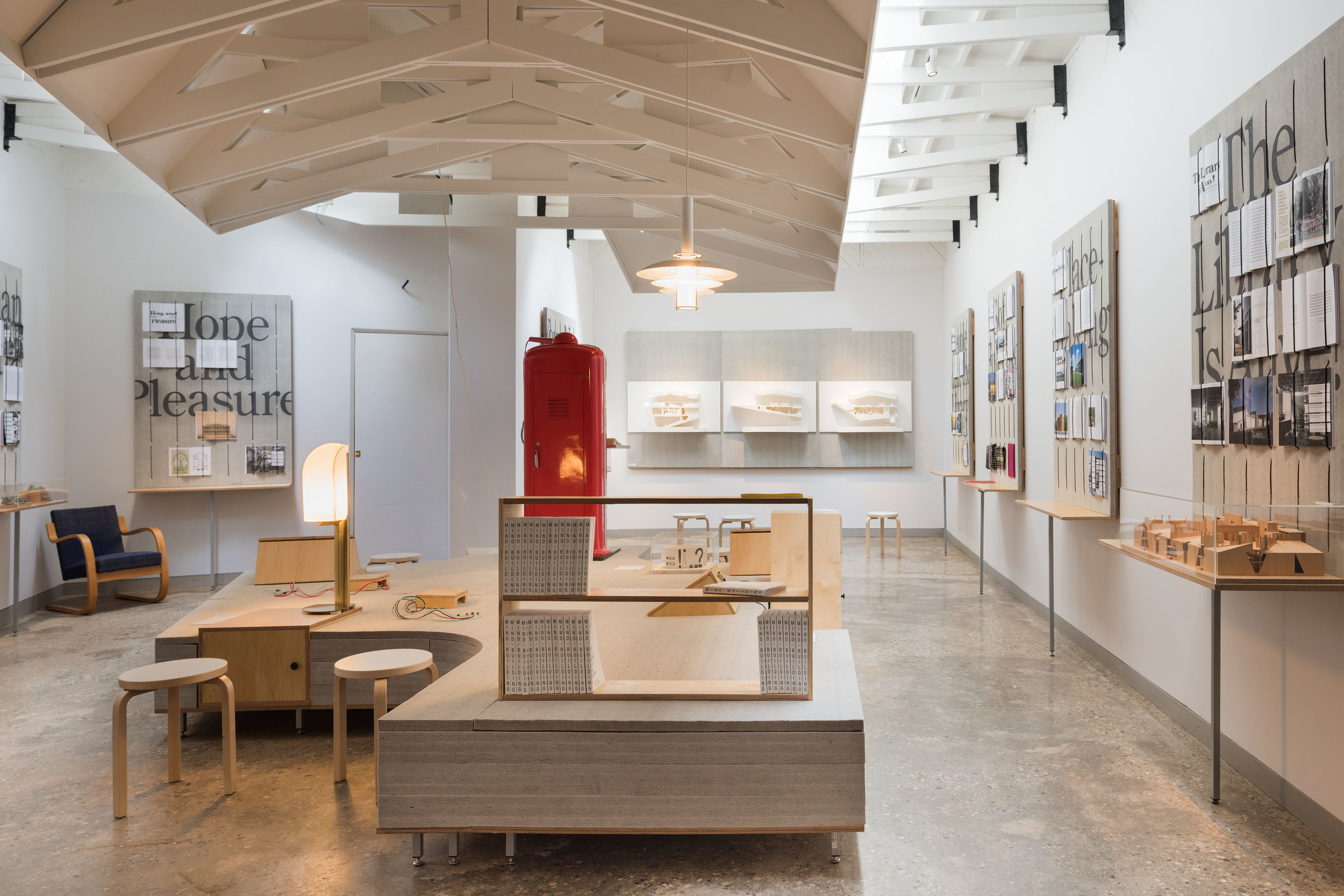
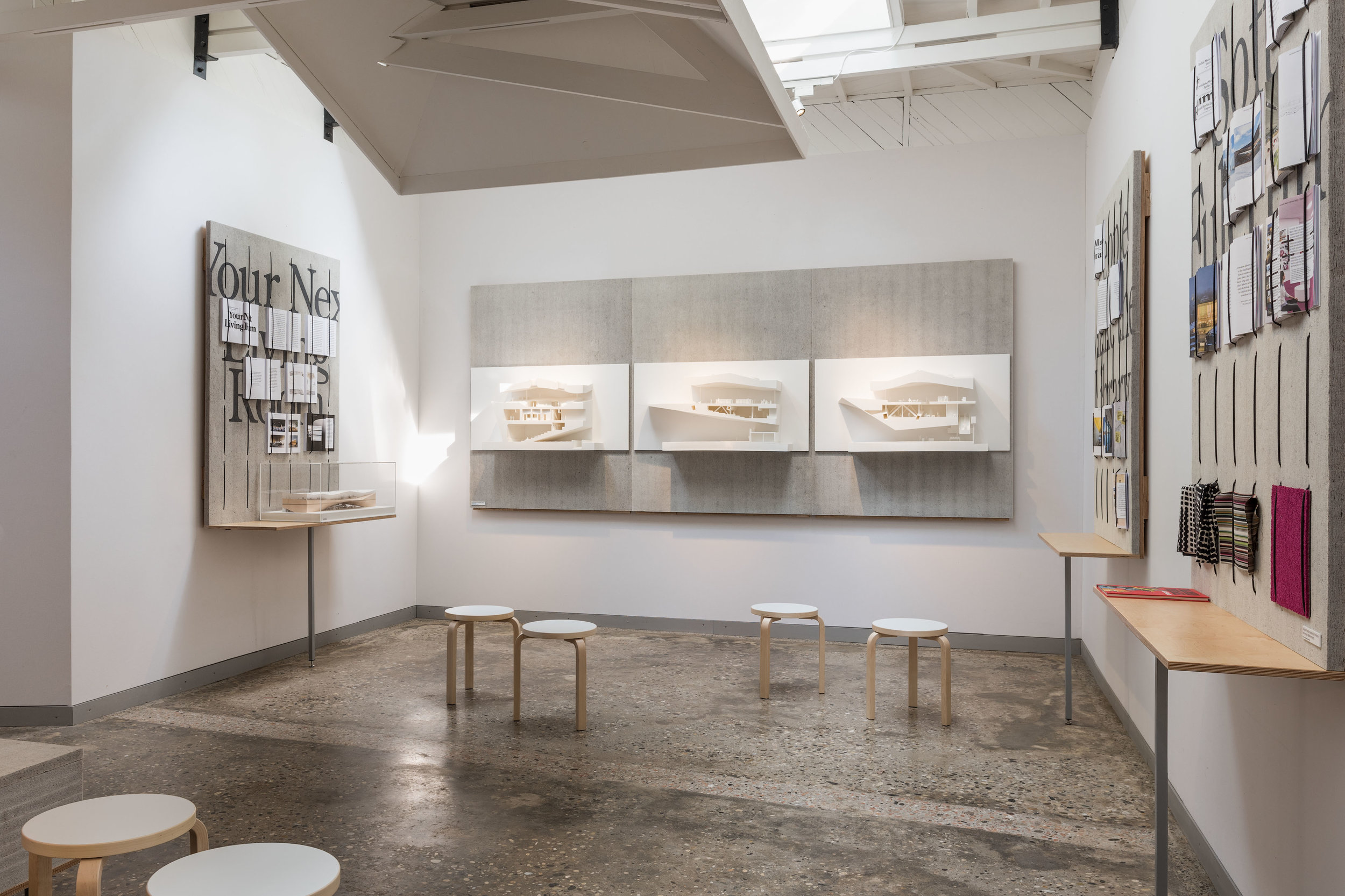
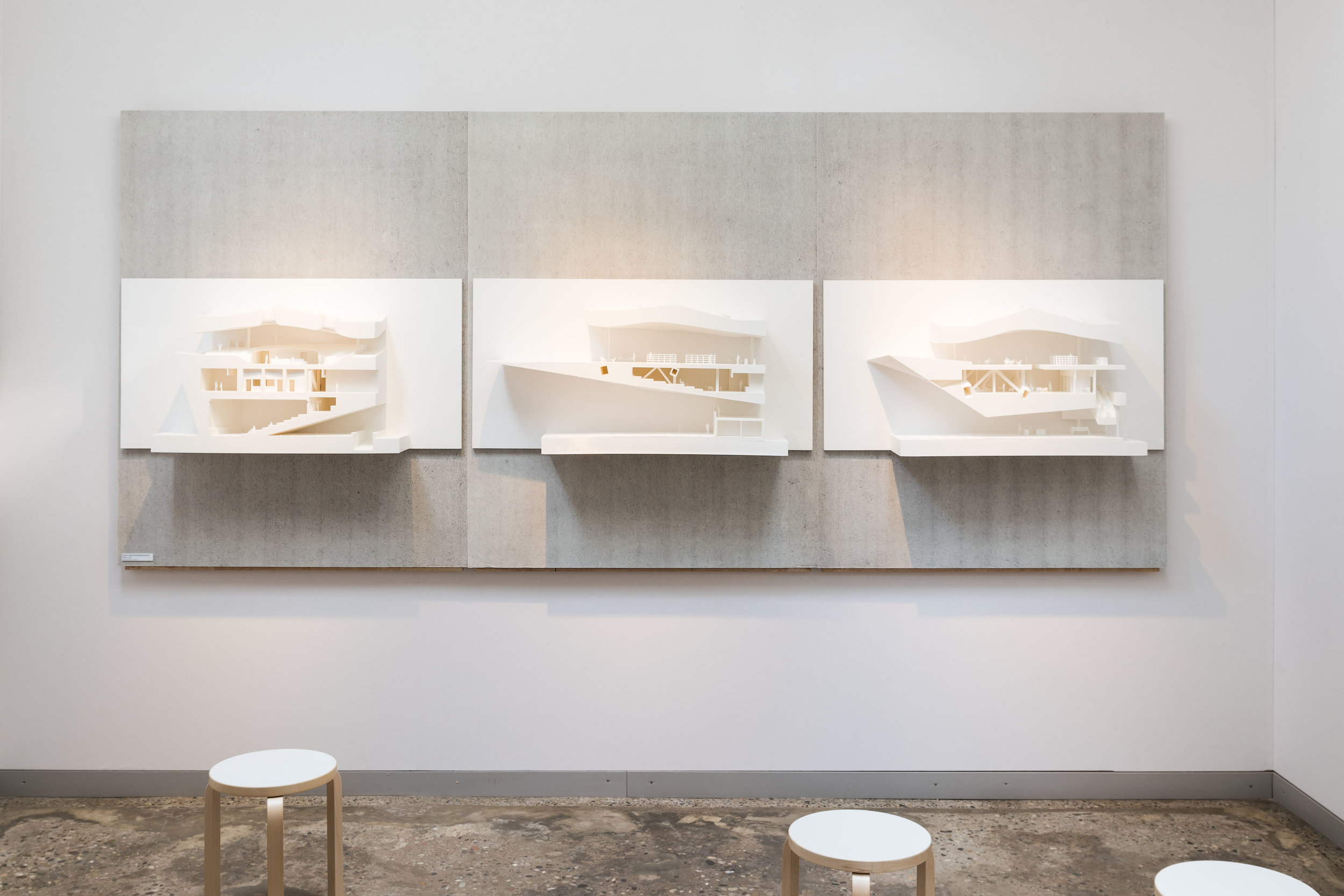
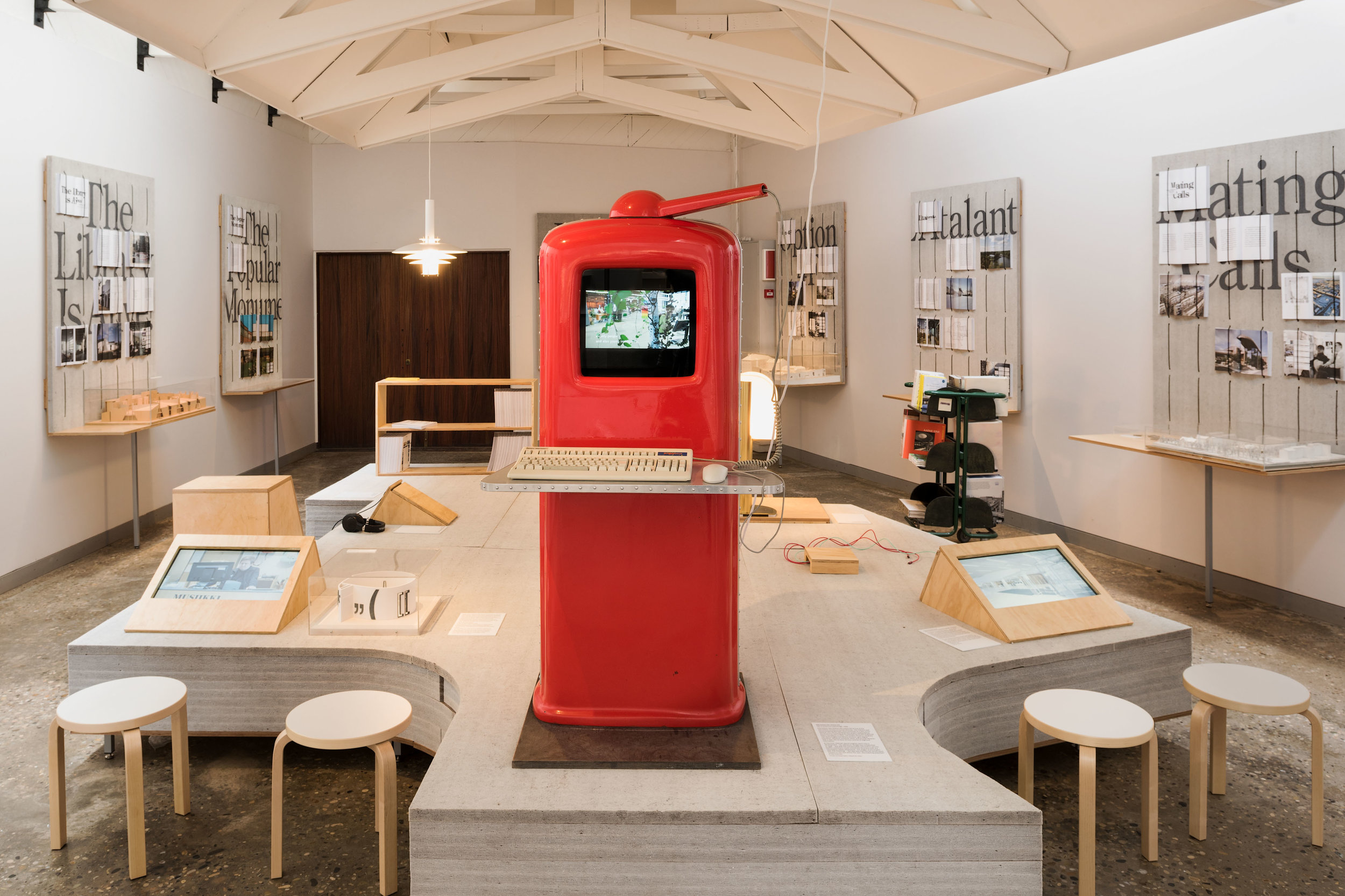
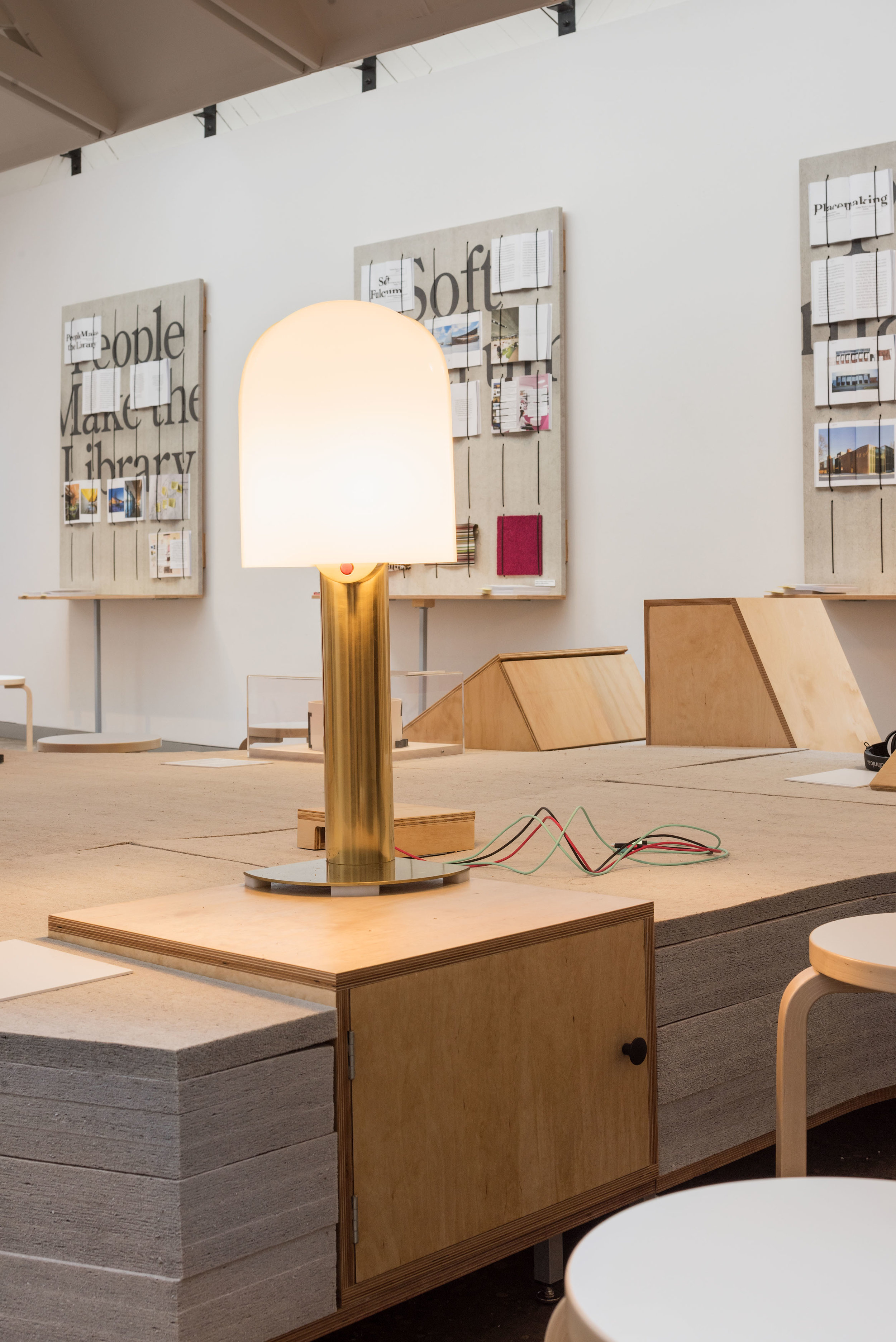
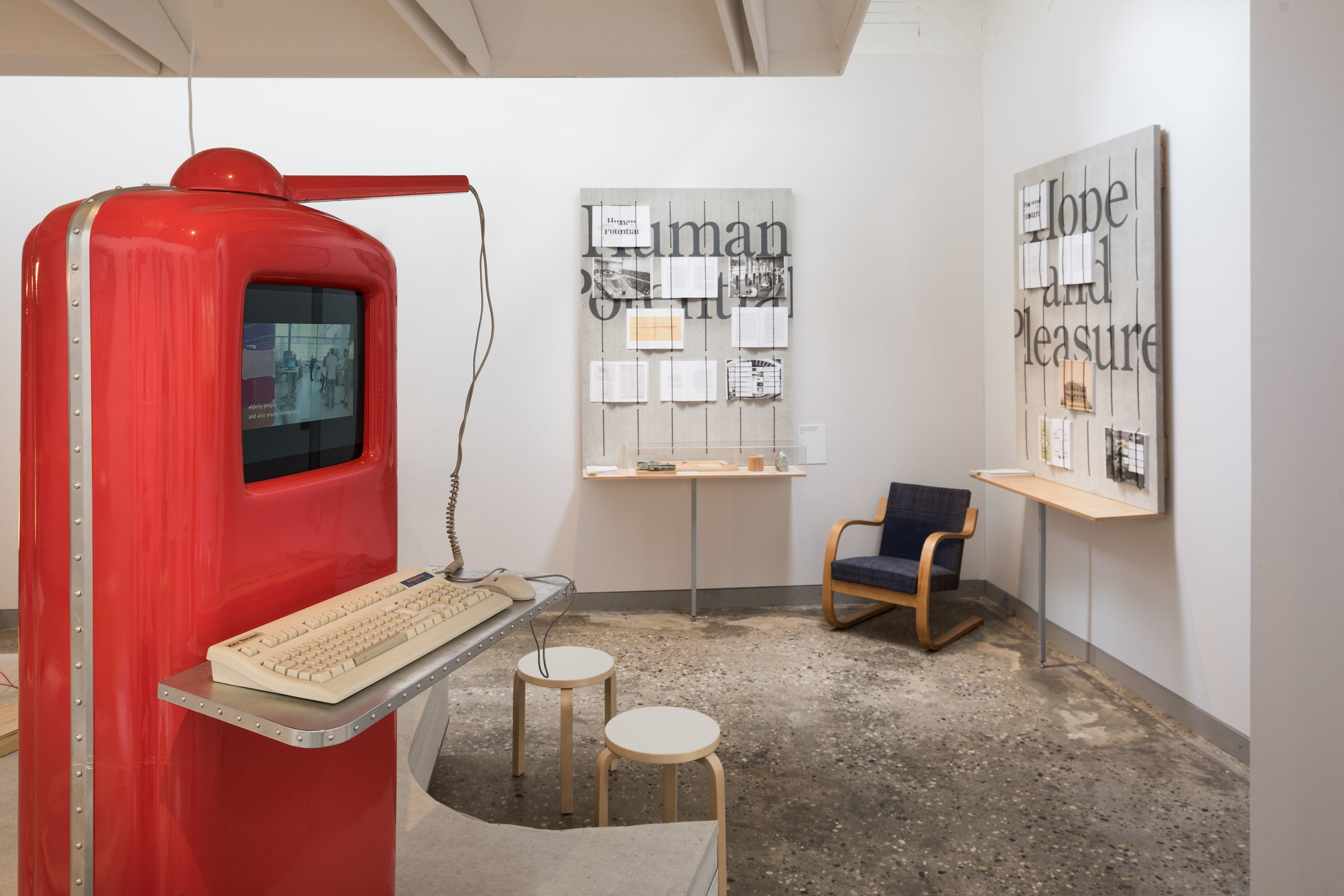
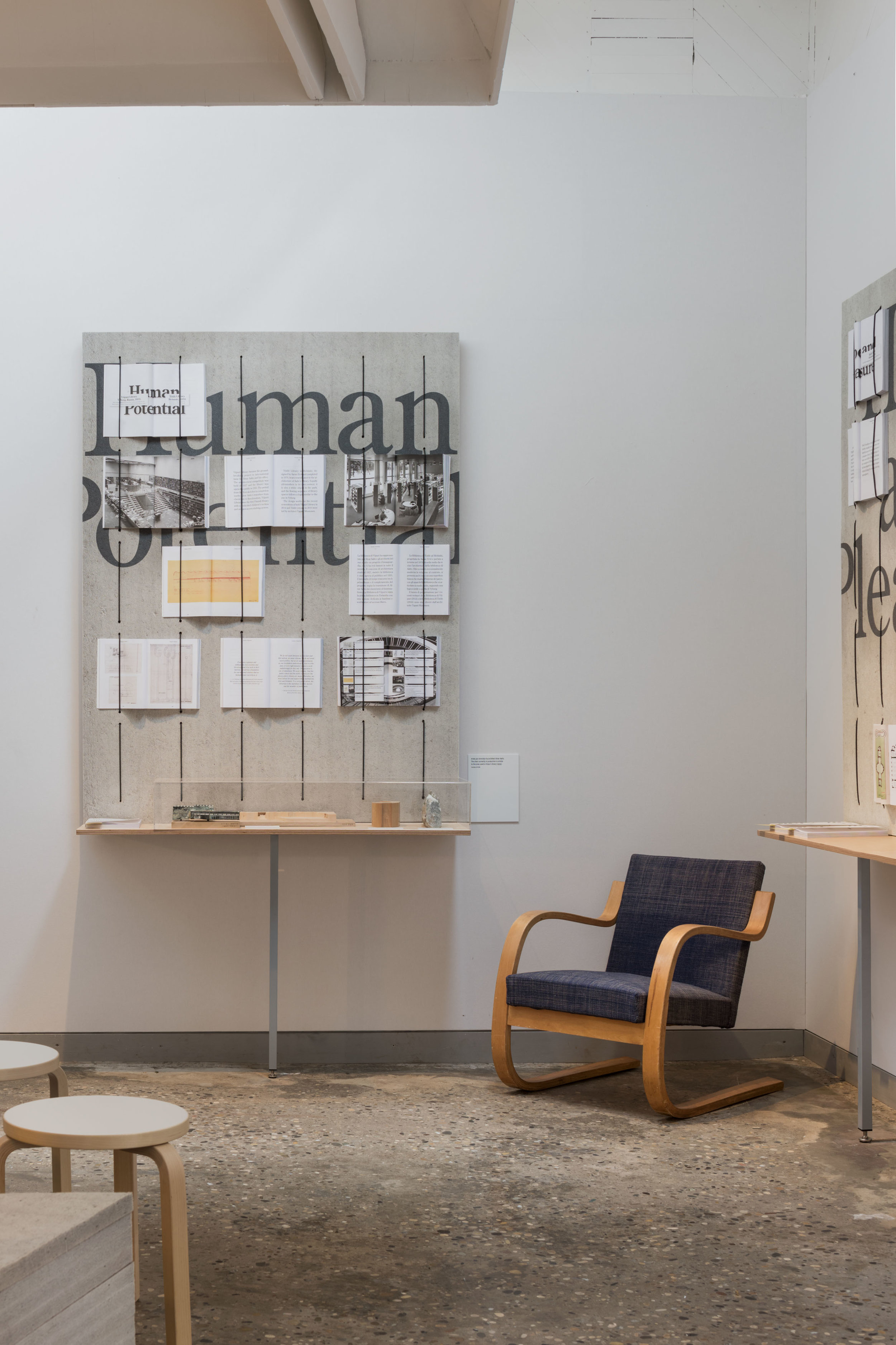
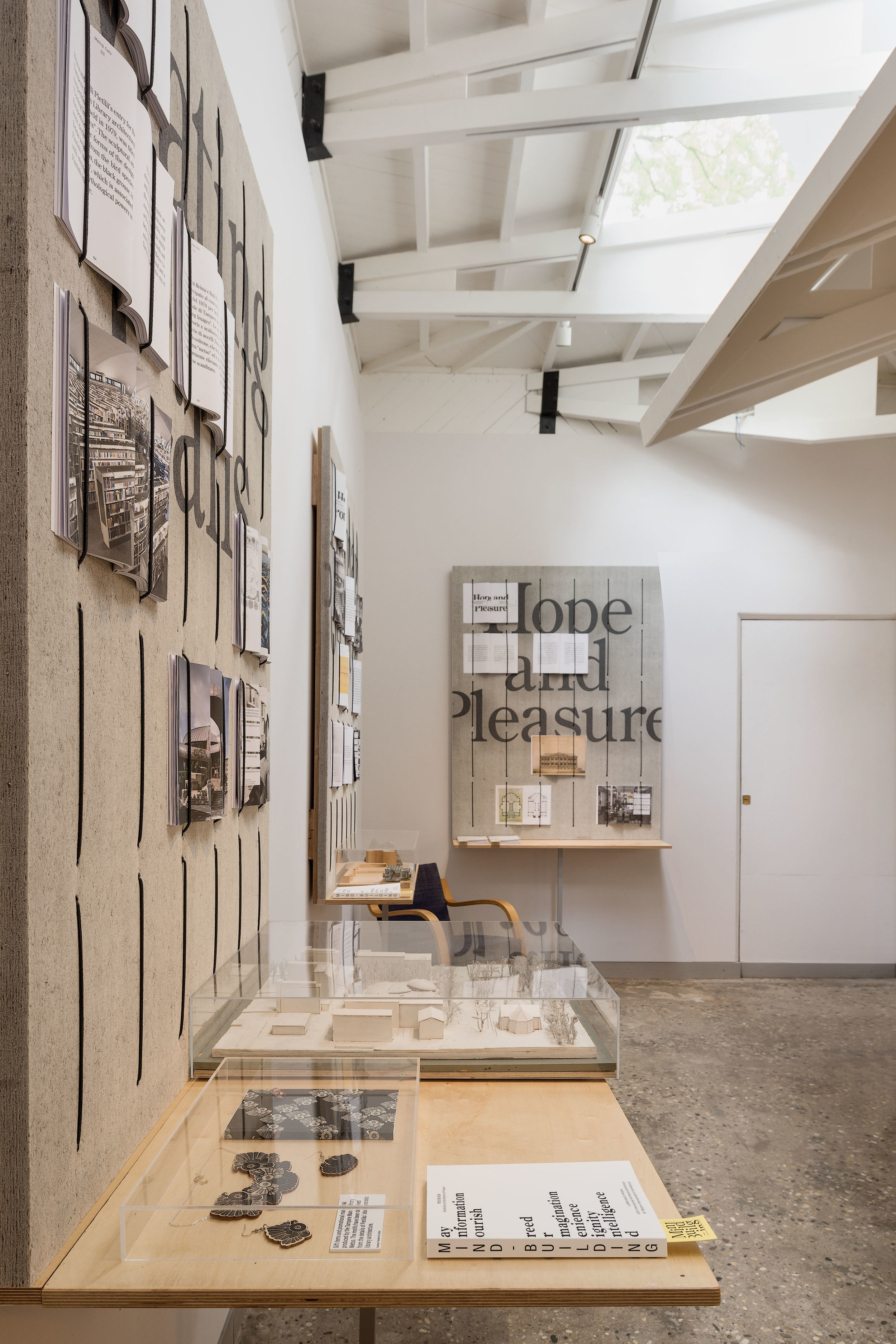



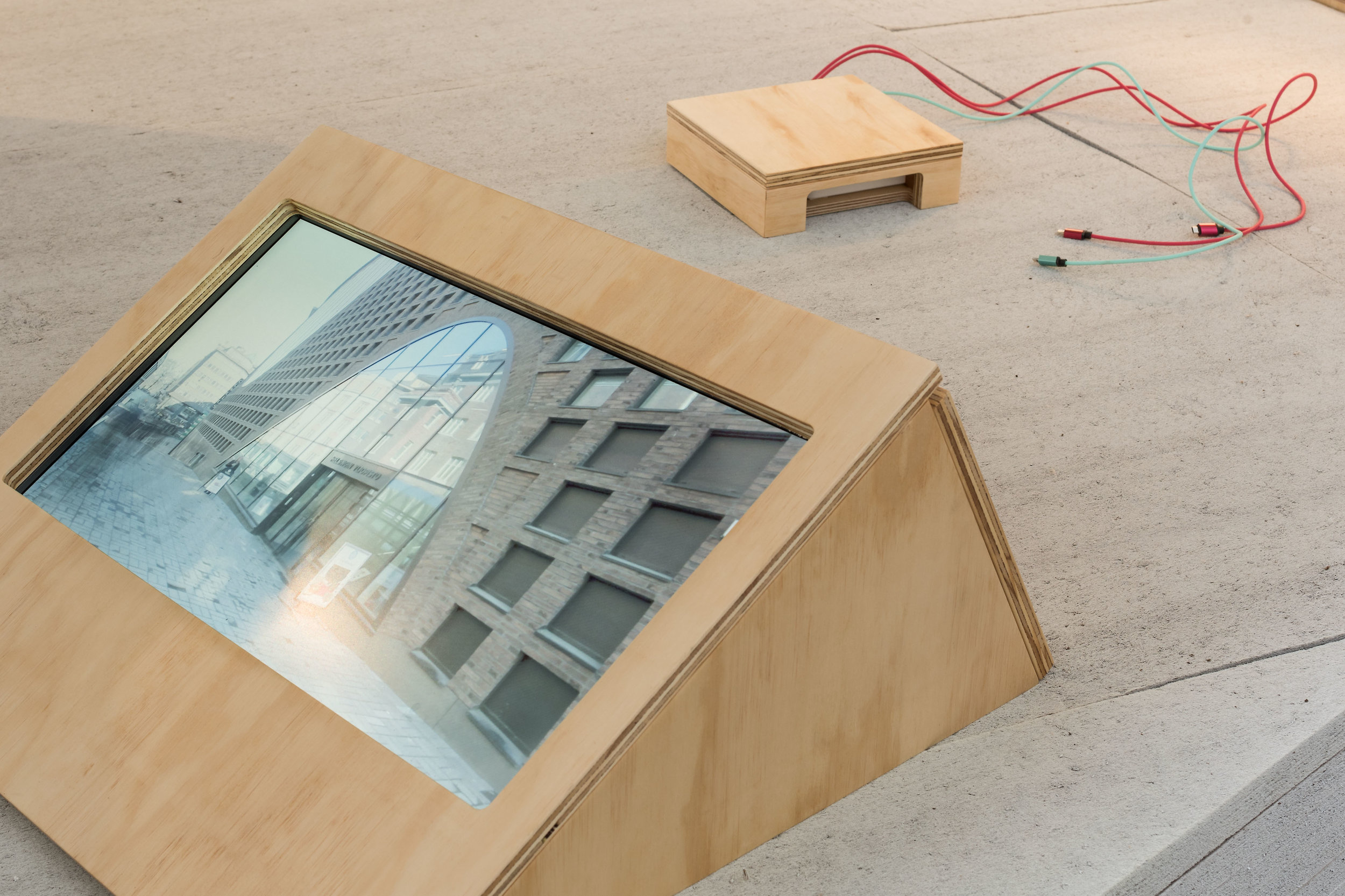
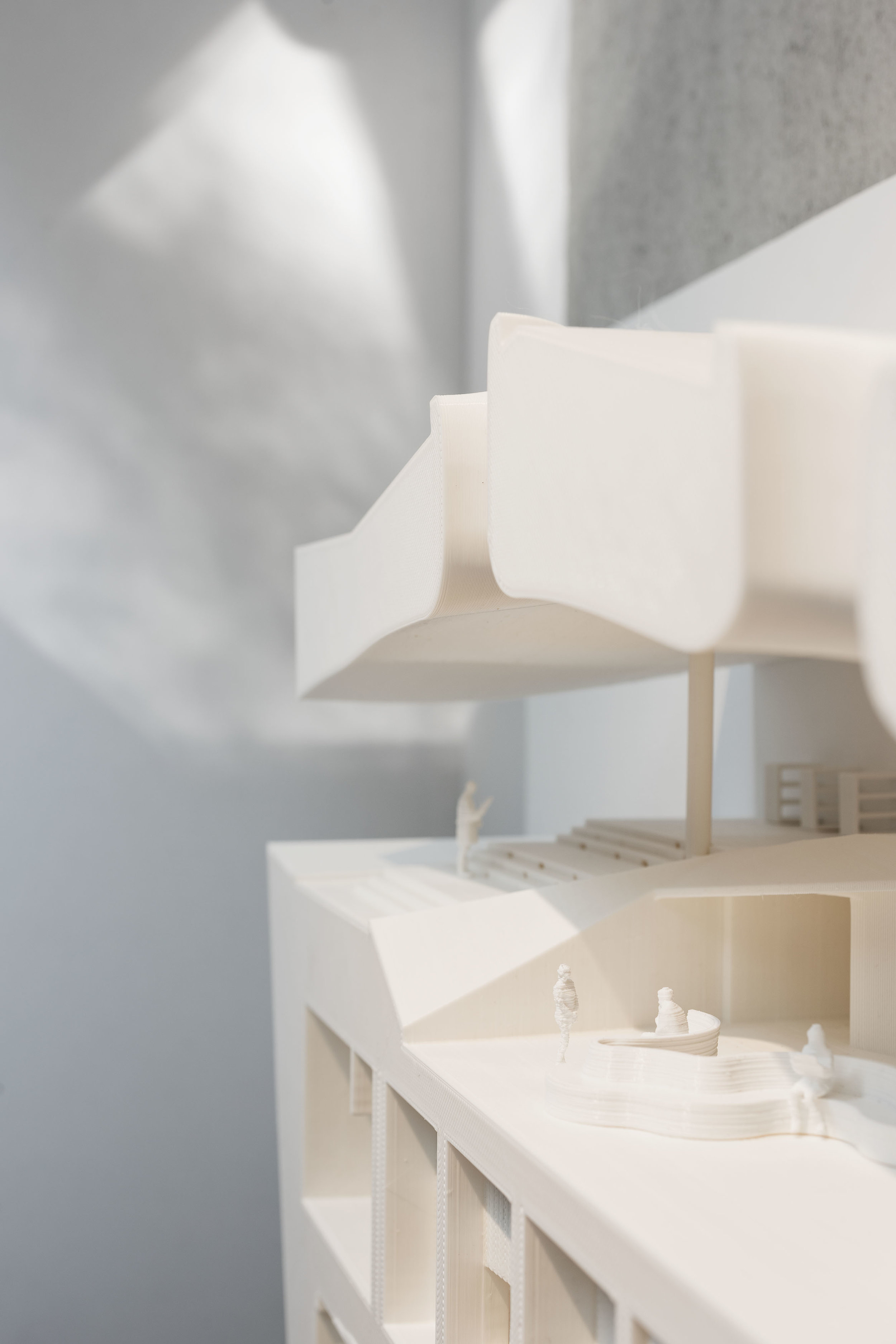

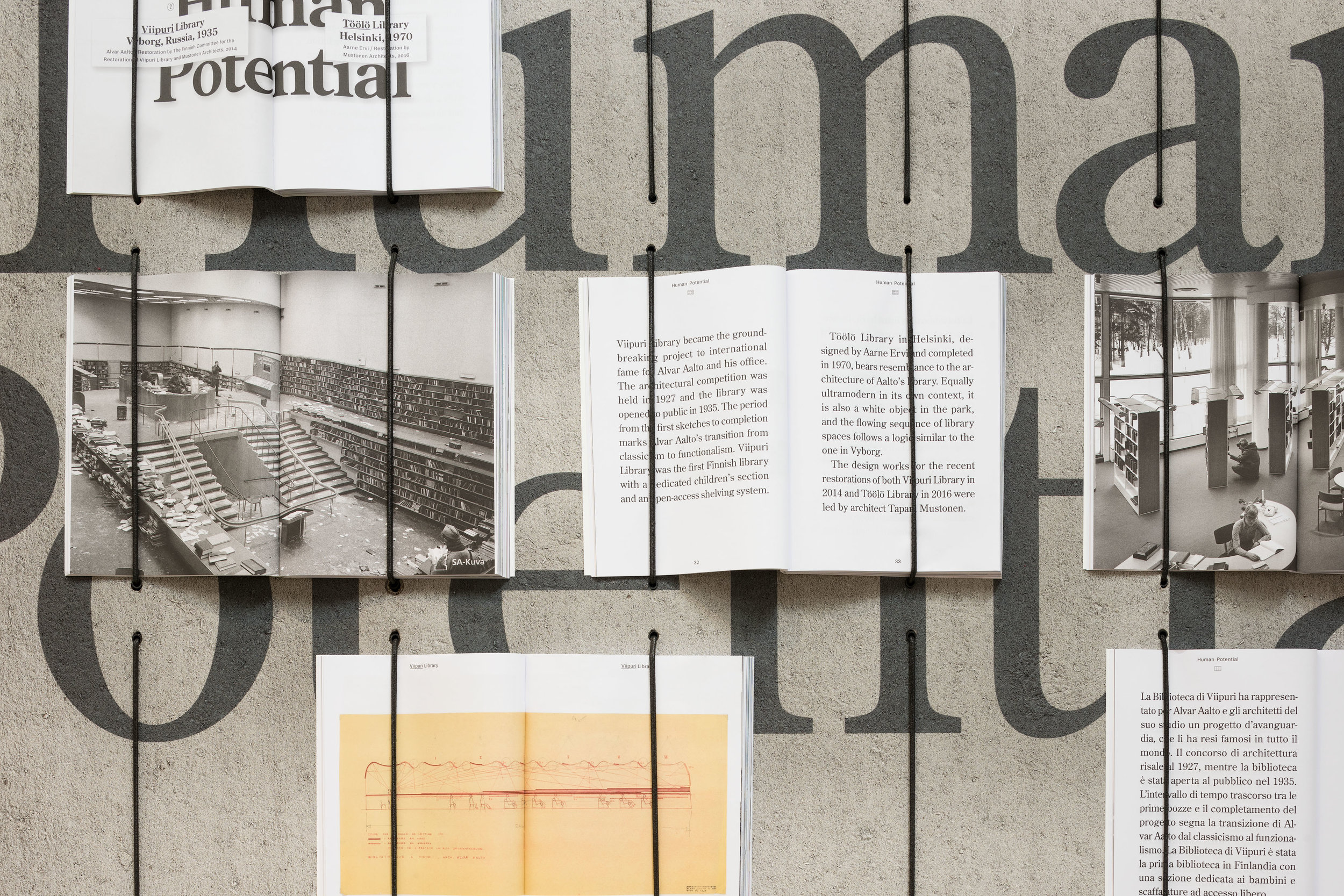
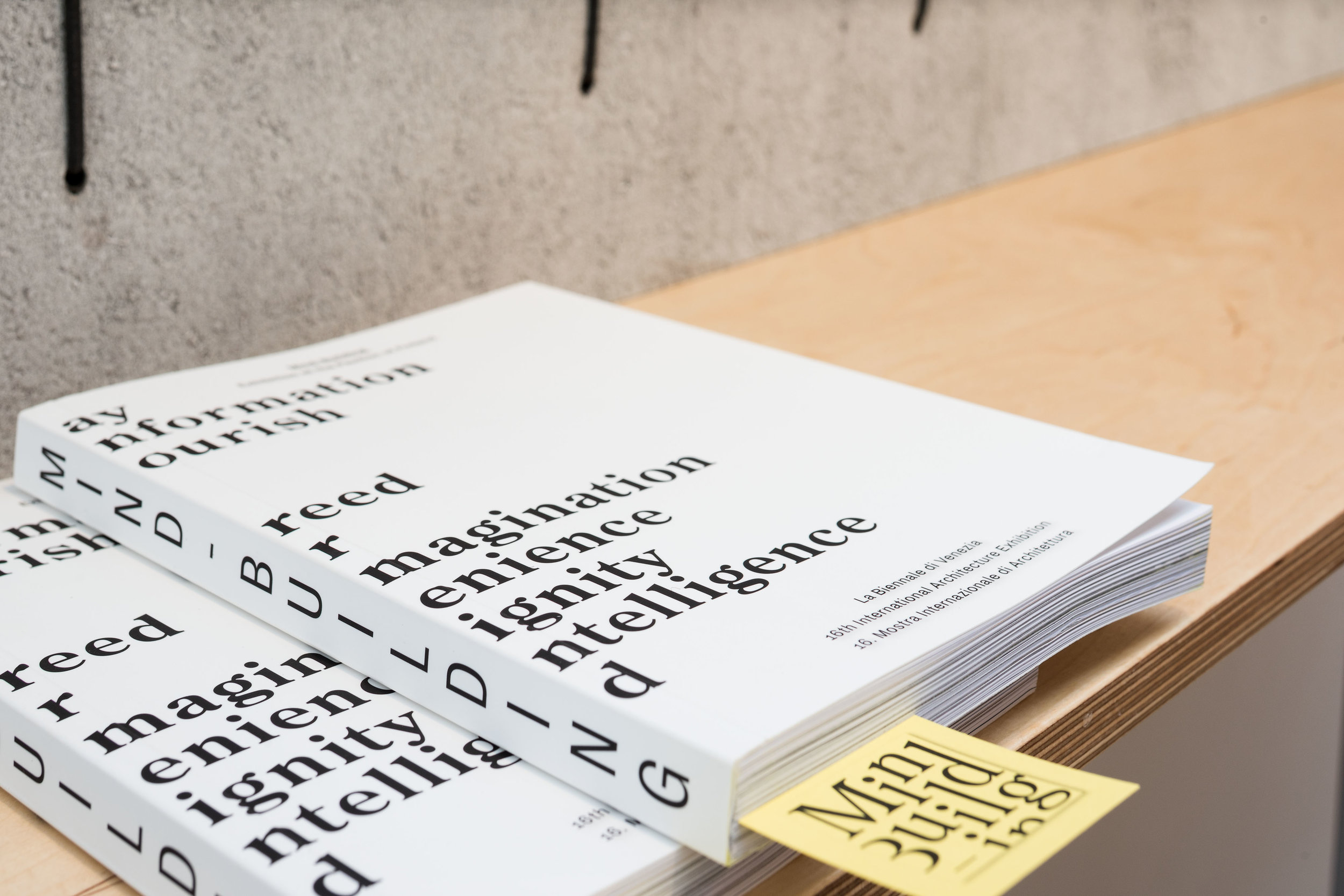
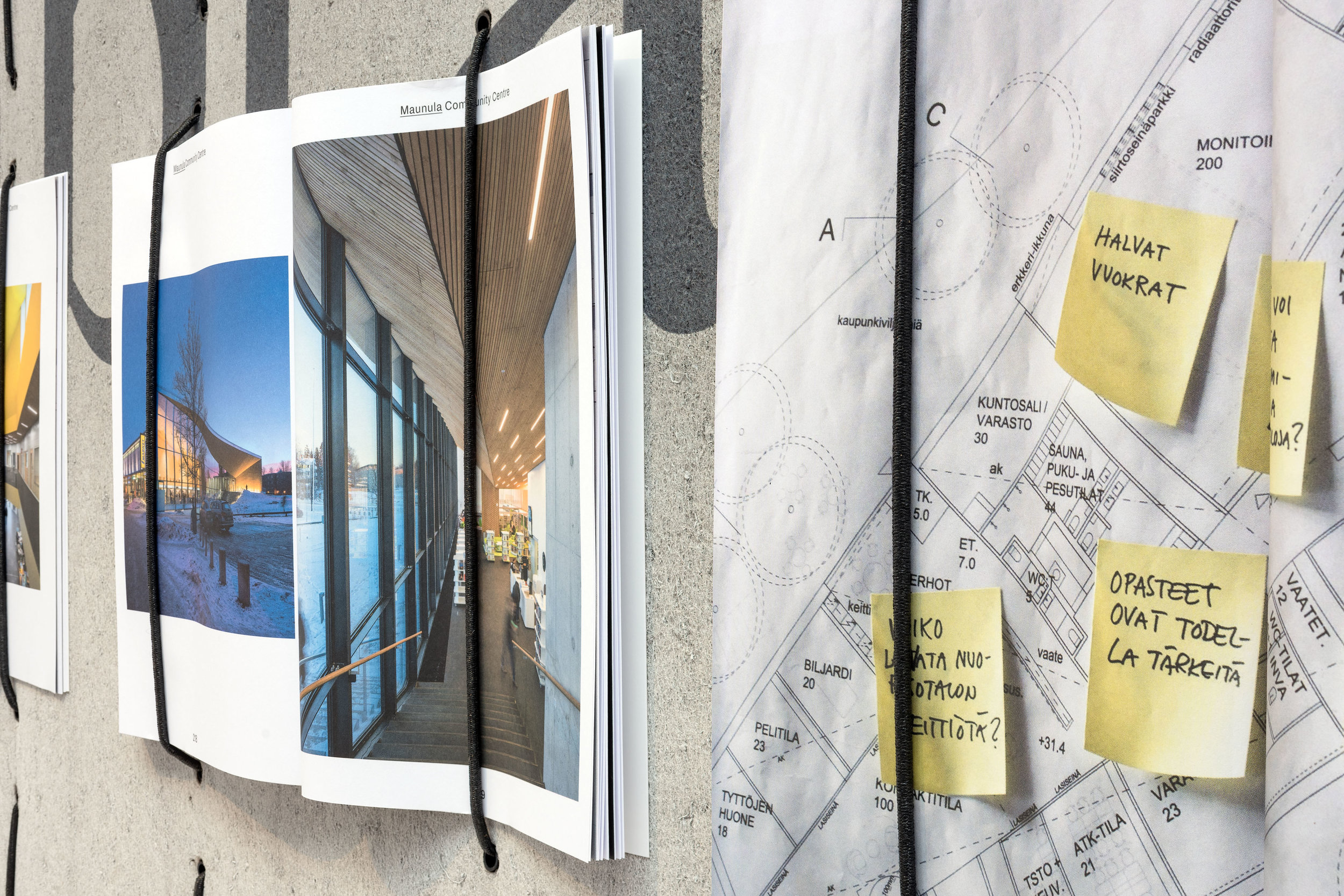
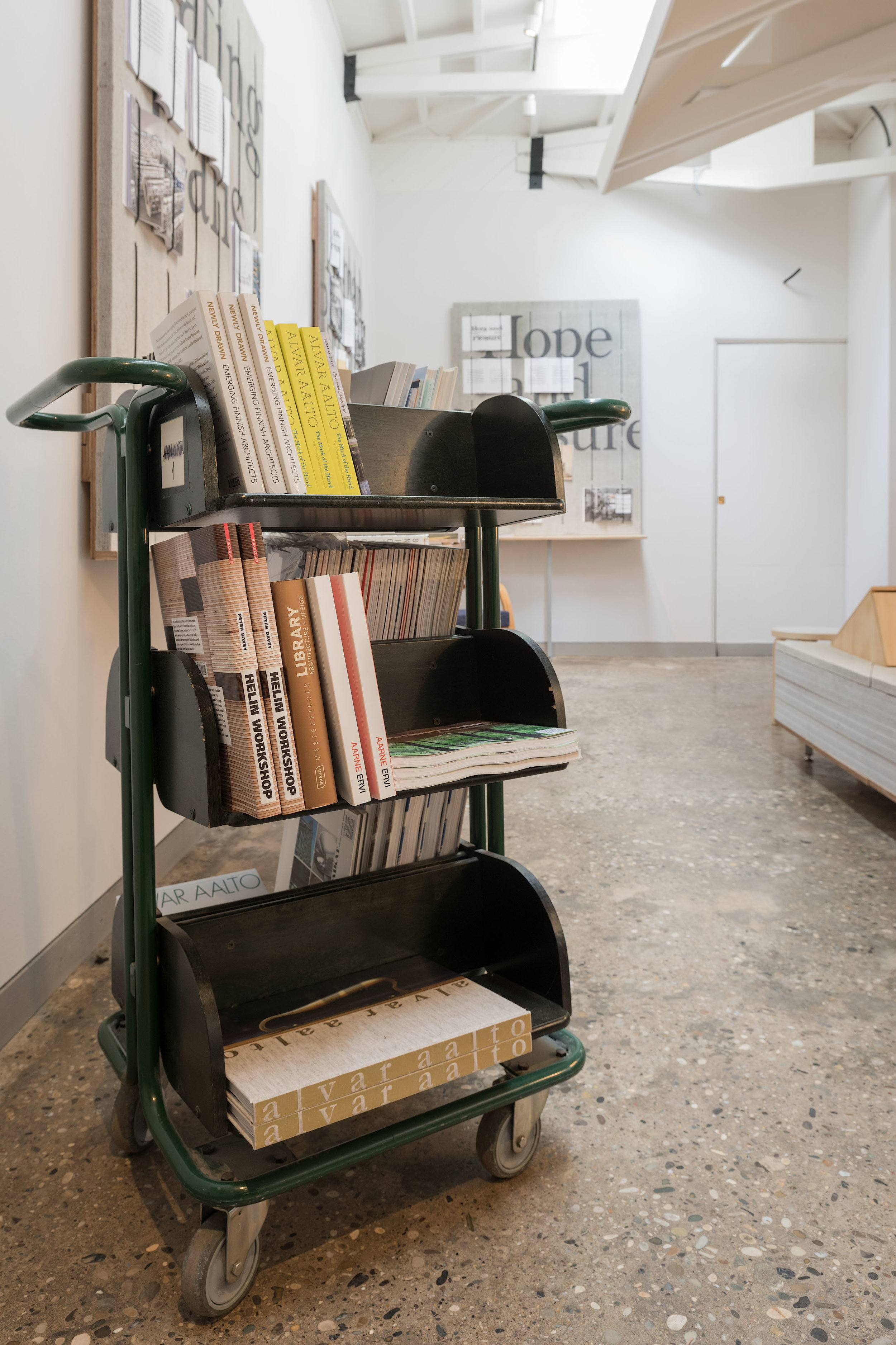
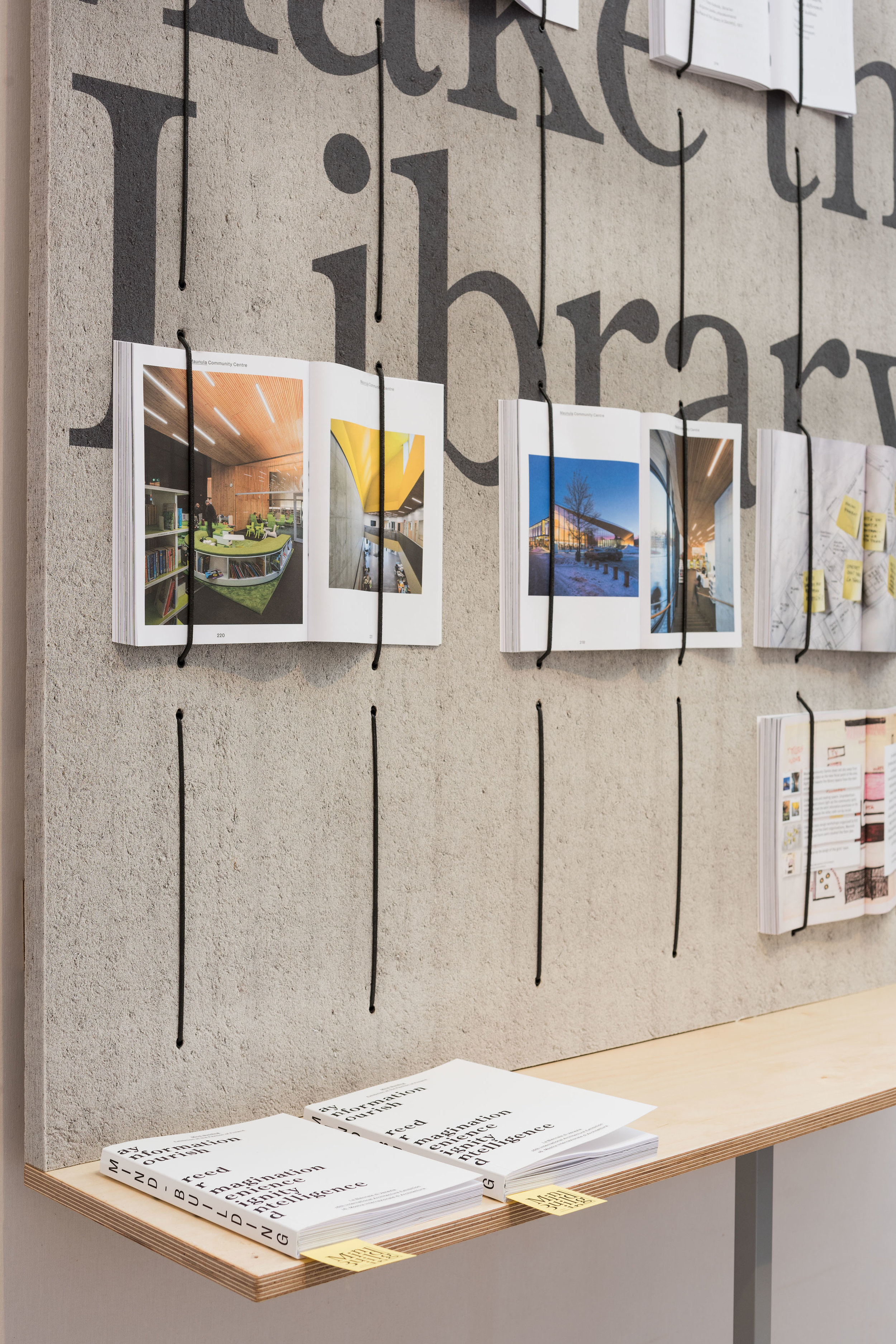






Finnish library culture on display at the Venice Architecture Biennale
Oodi and Finnish library culture and architecture are currently on display at the Venice Architecture Biennale, which runs from 26 May to 25 November 2018. The Mind-Building exhibition at the Pavilion of Finland explores the development of Finnish library architecture over the years, from the country’s first public library in 1881 to the opening of Oodi in December 2018.
Mind-Building rests on the idea of the public library as a case study of modern monumentality. The exhibition considers libraries as buildings that remind us of the values of civic society and the power of enlightenment. The exhibition at the Pavilion of Finland and its library theme have attracted a lot of international media attention, including positive reviews in The Guardian, CNN, and Monocle. Both Wallpaper and the Financial Times have named Mind-Building one of the highlights of this year’s Biennale.
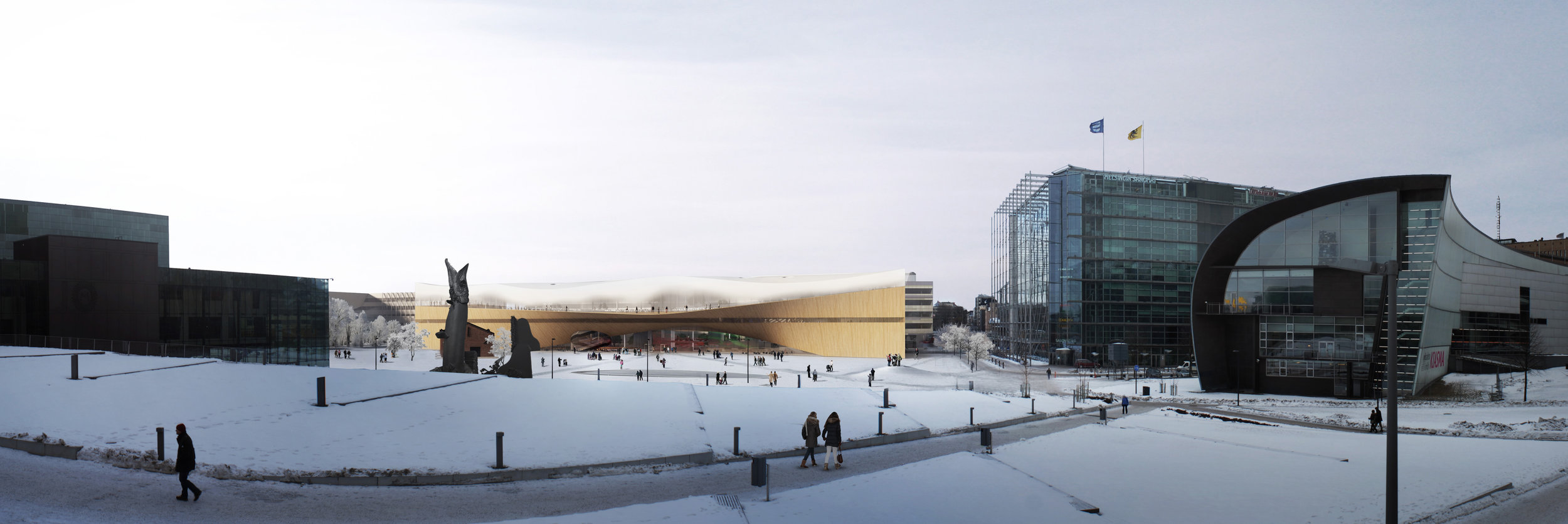
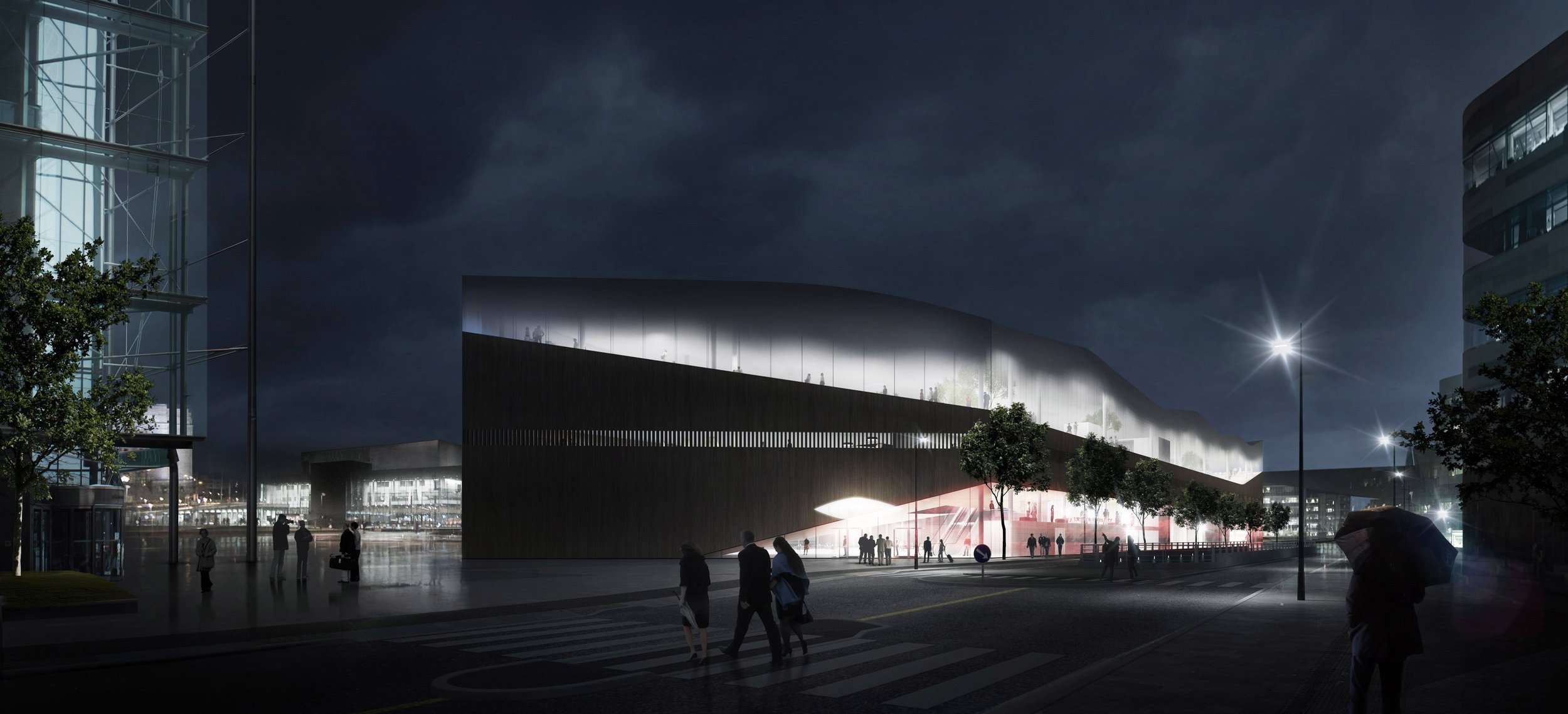

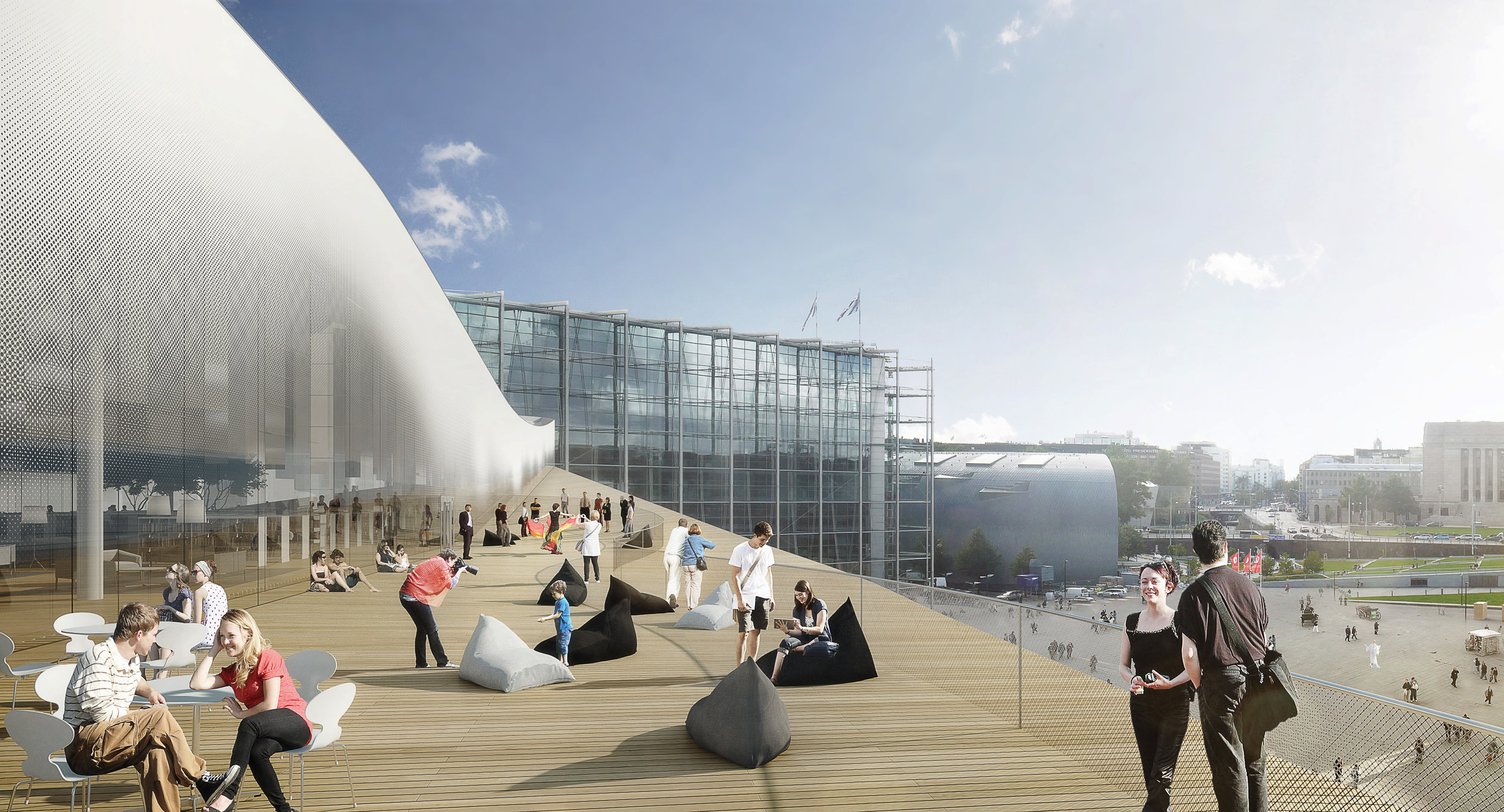
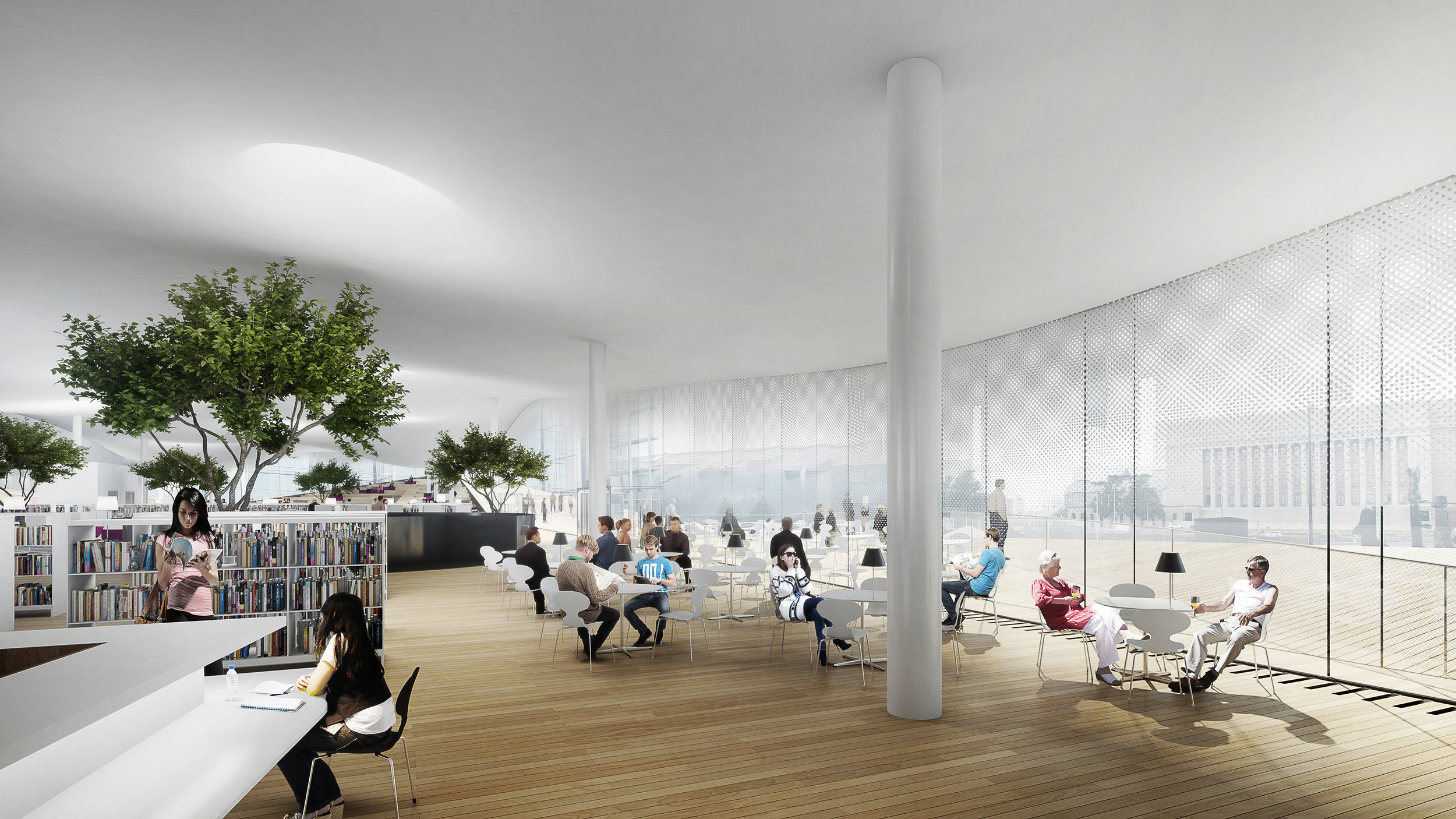
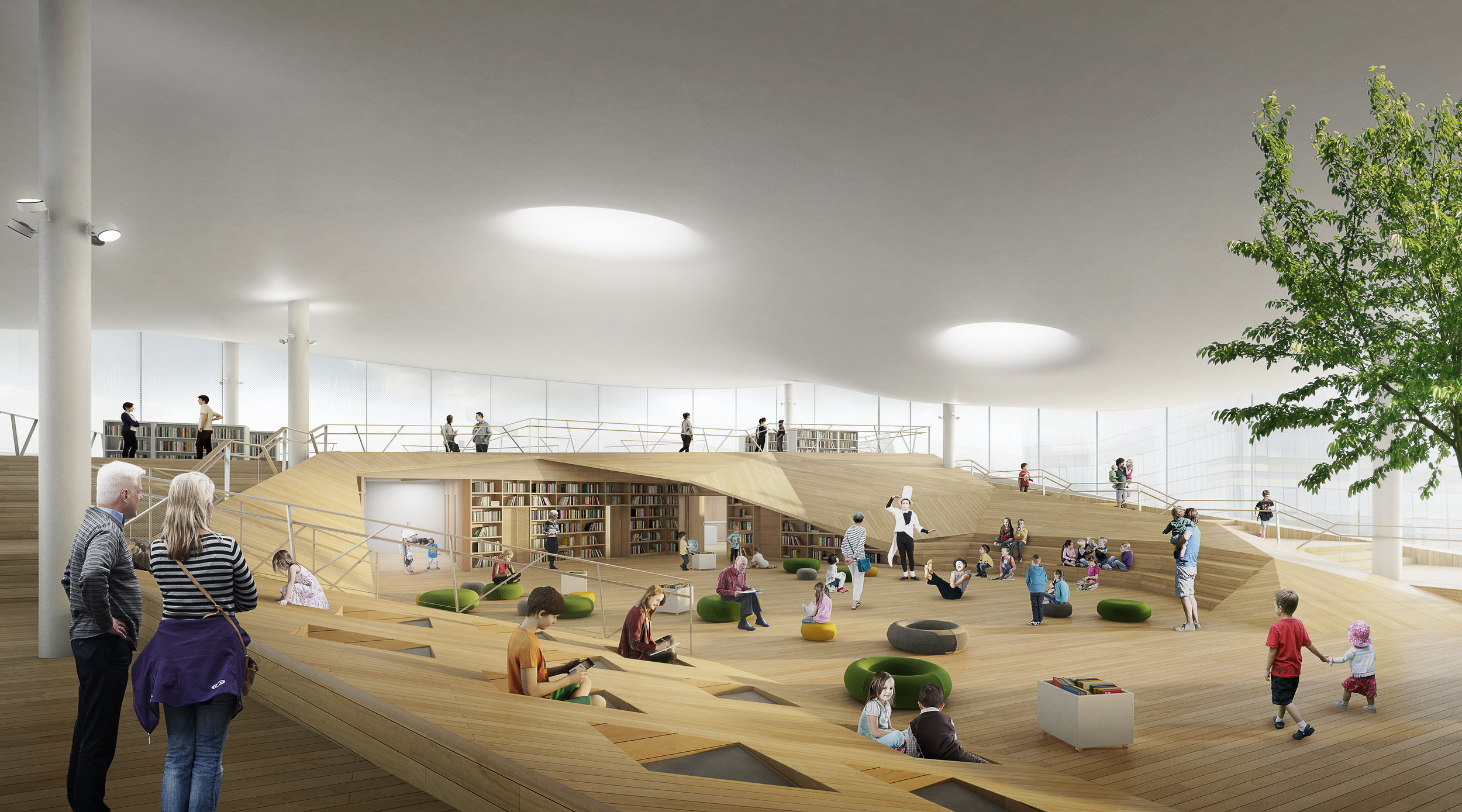
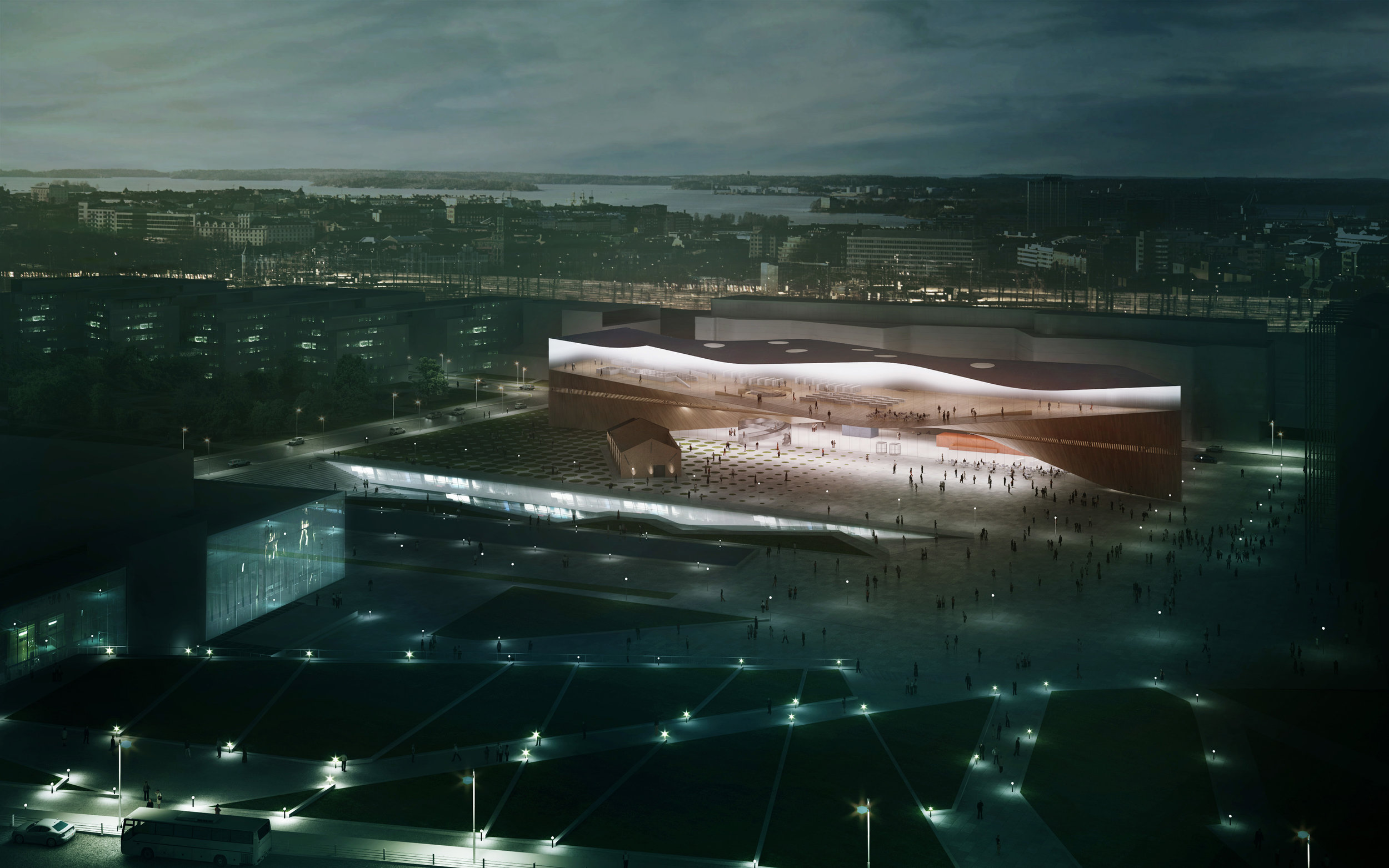
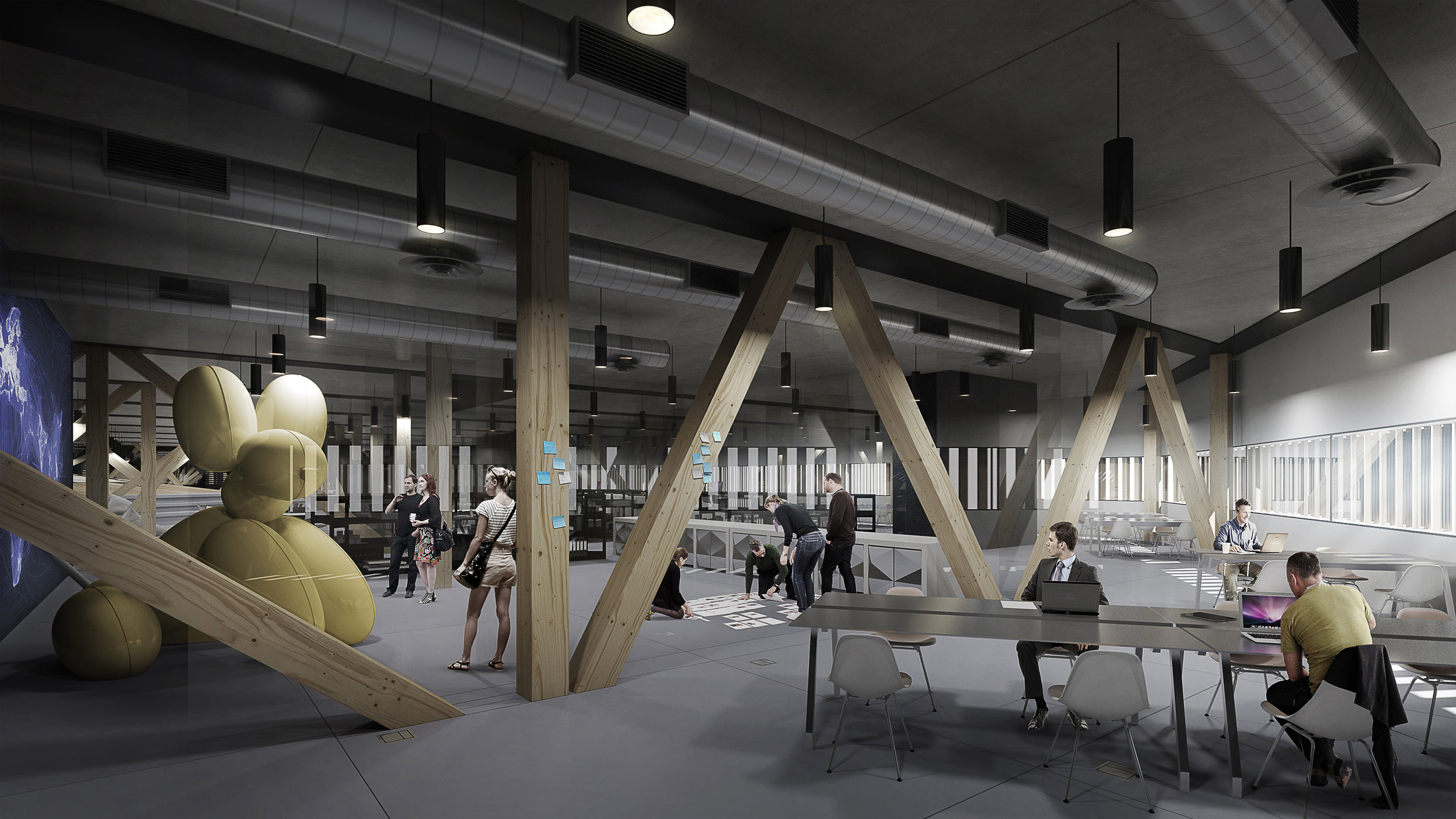
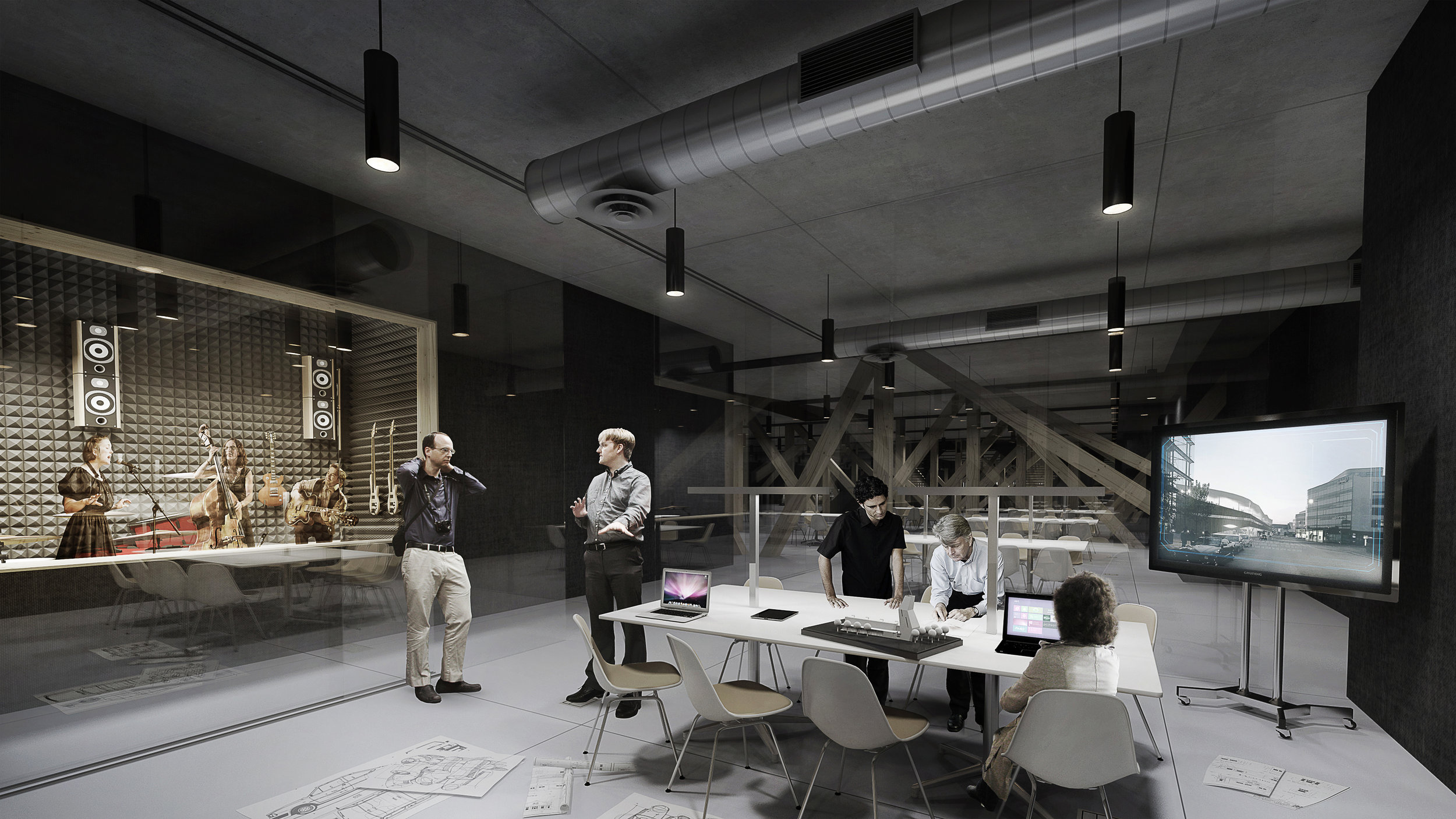
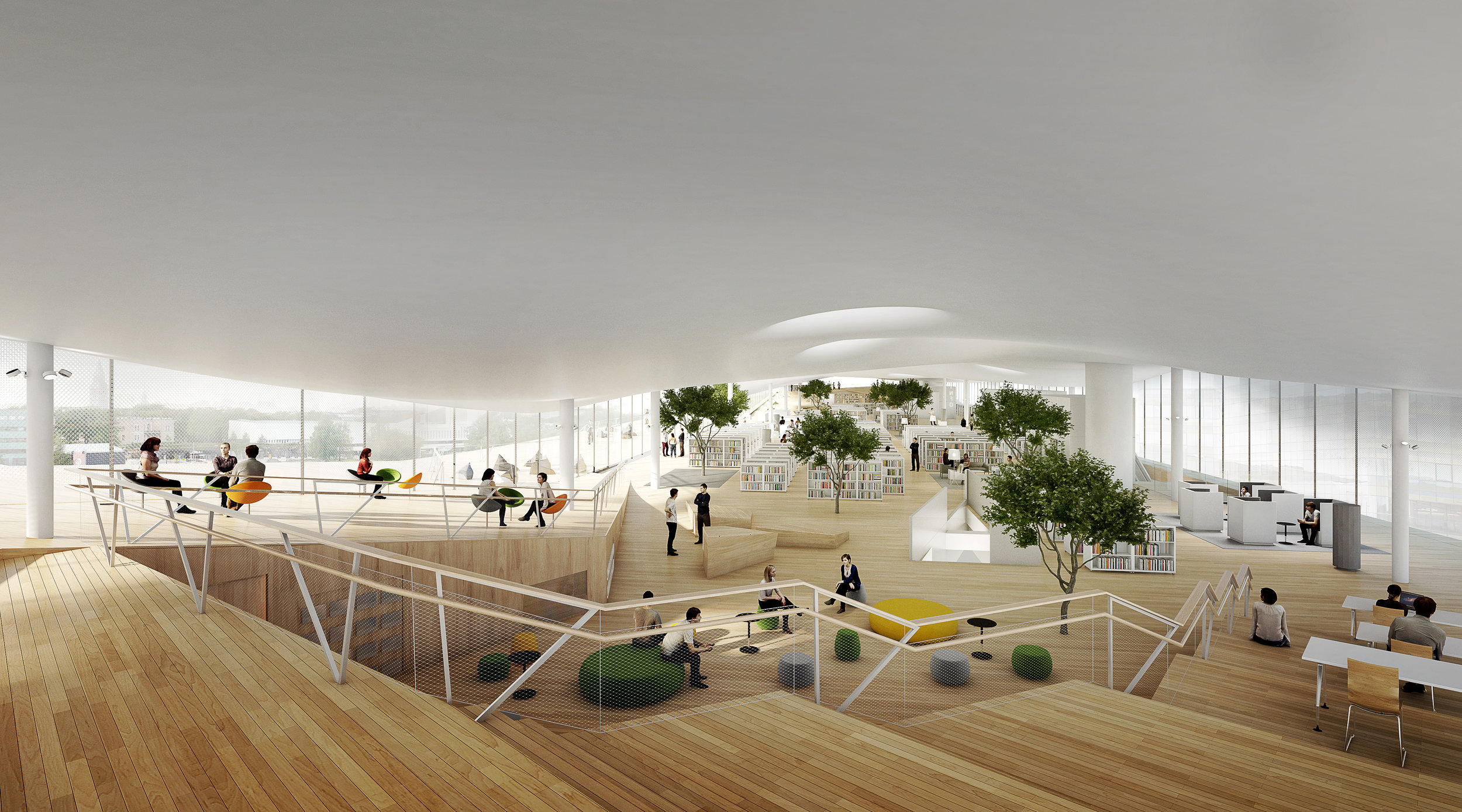
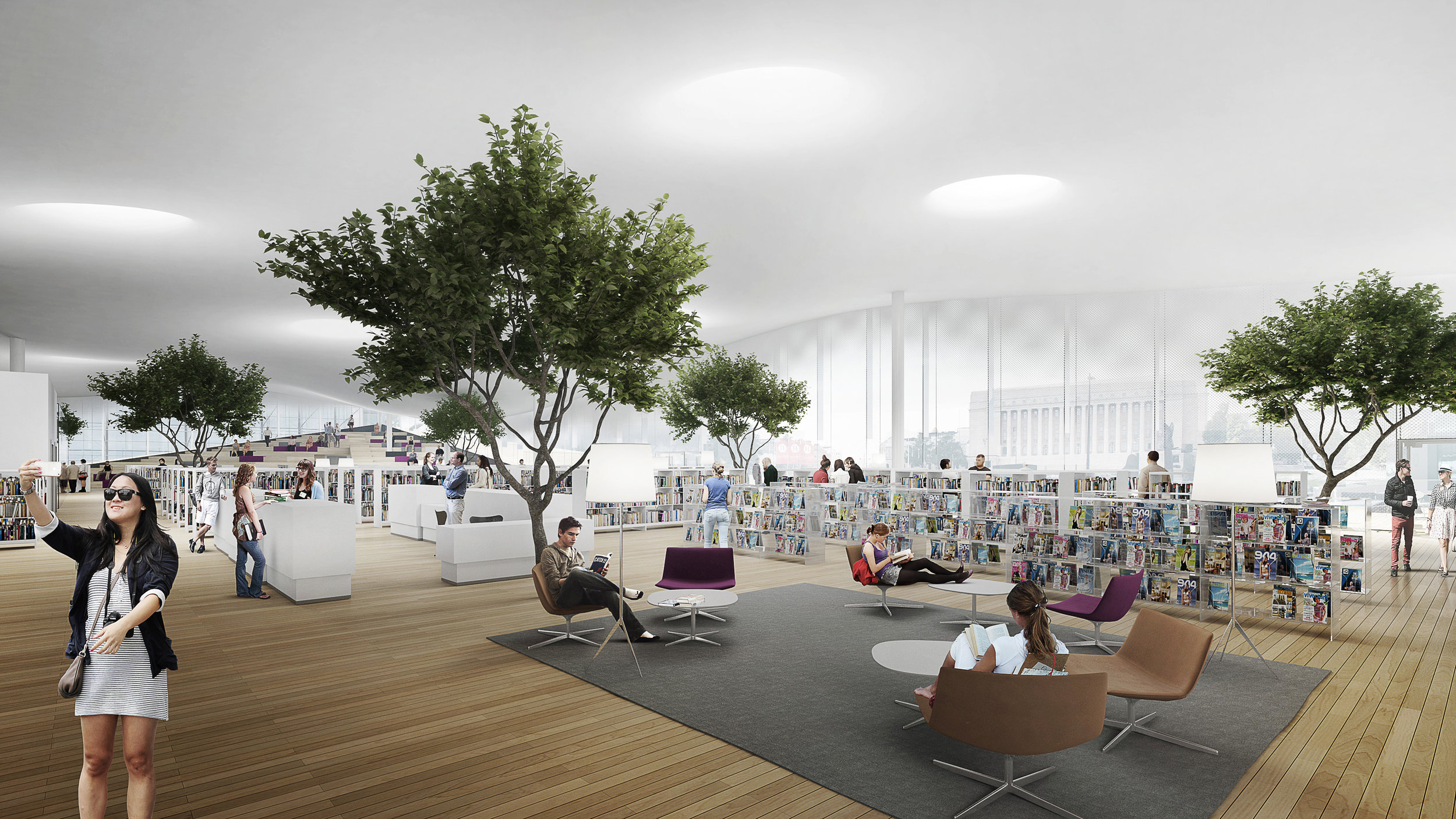
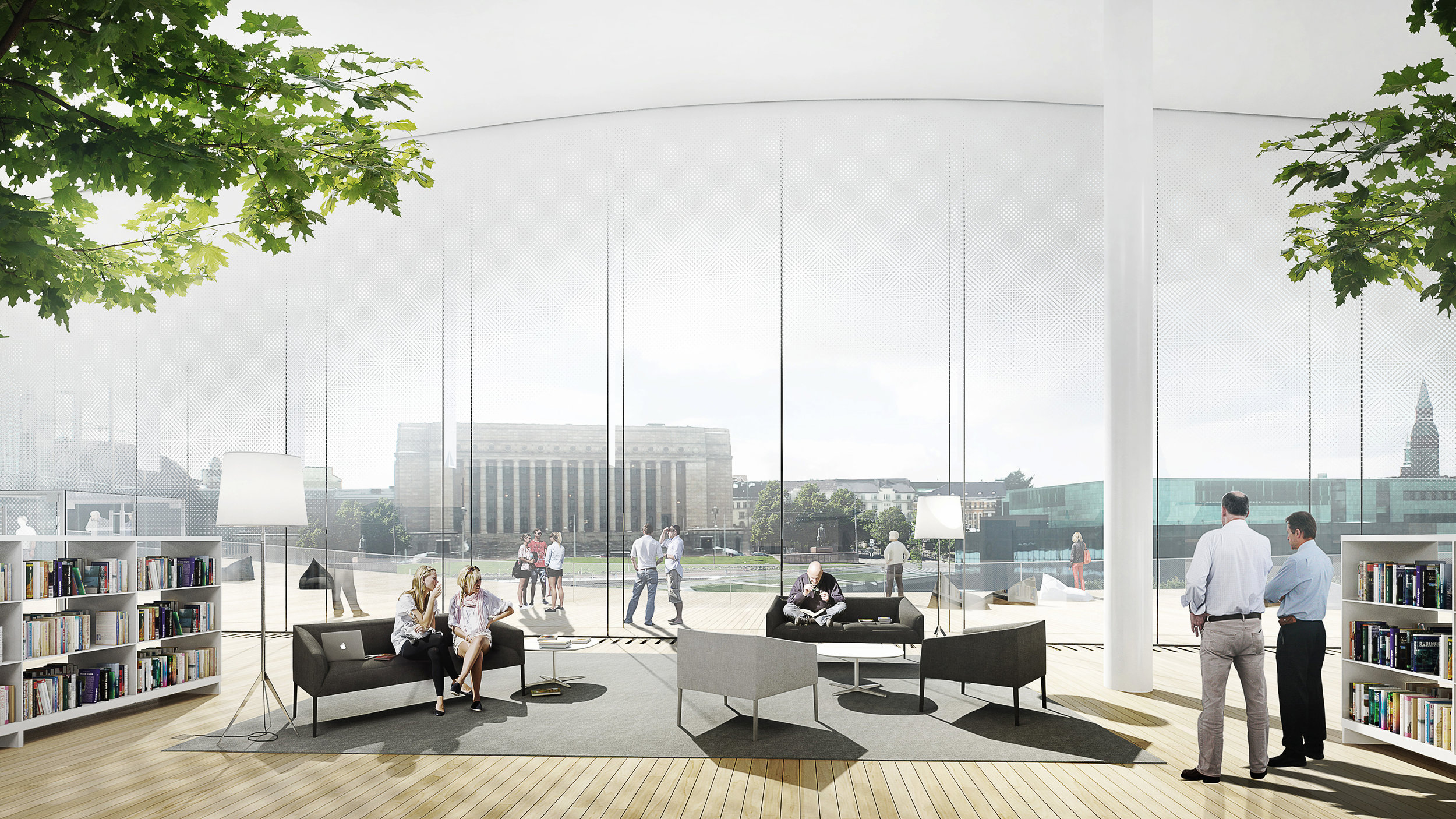
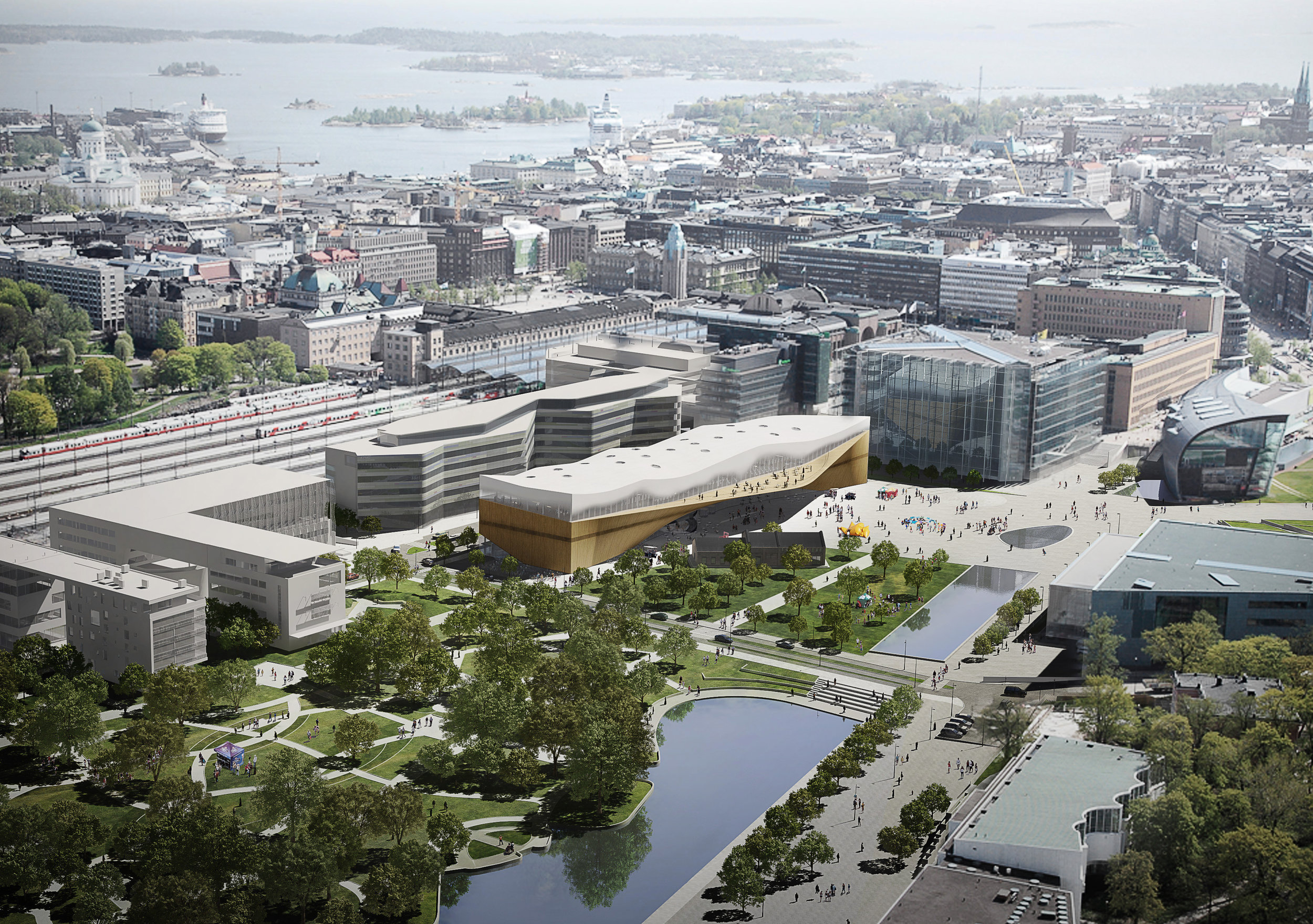
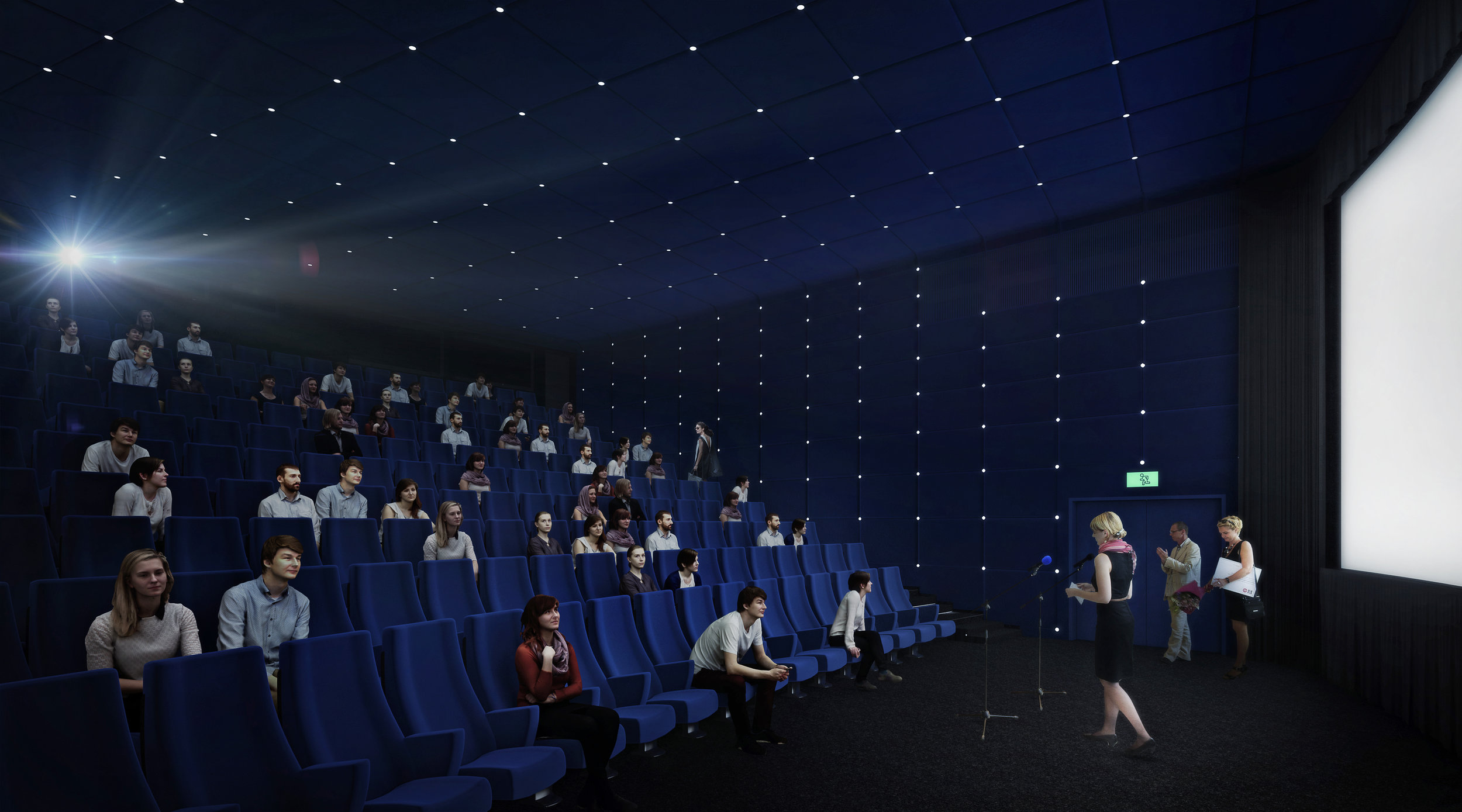
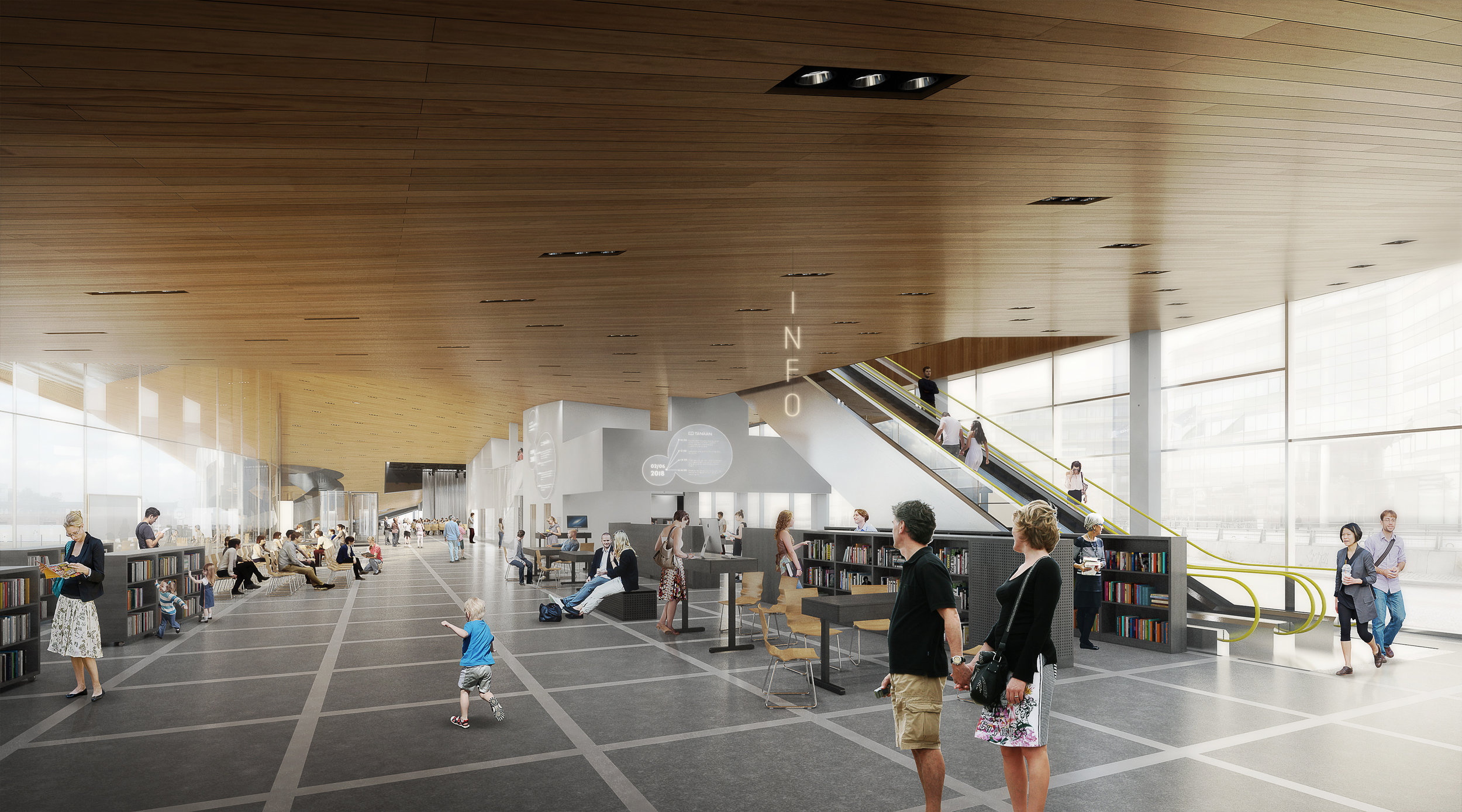
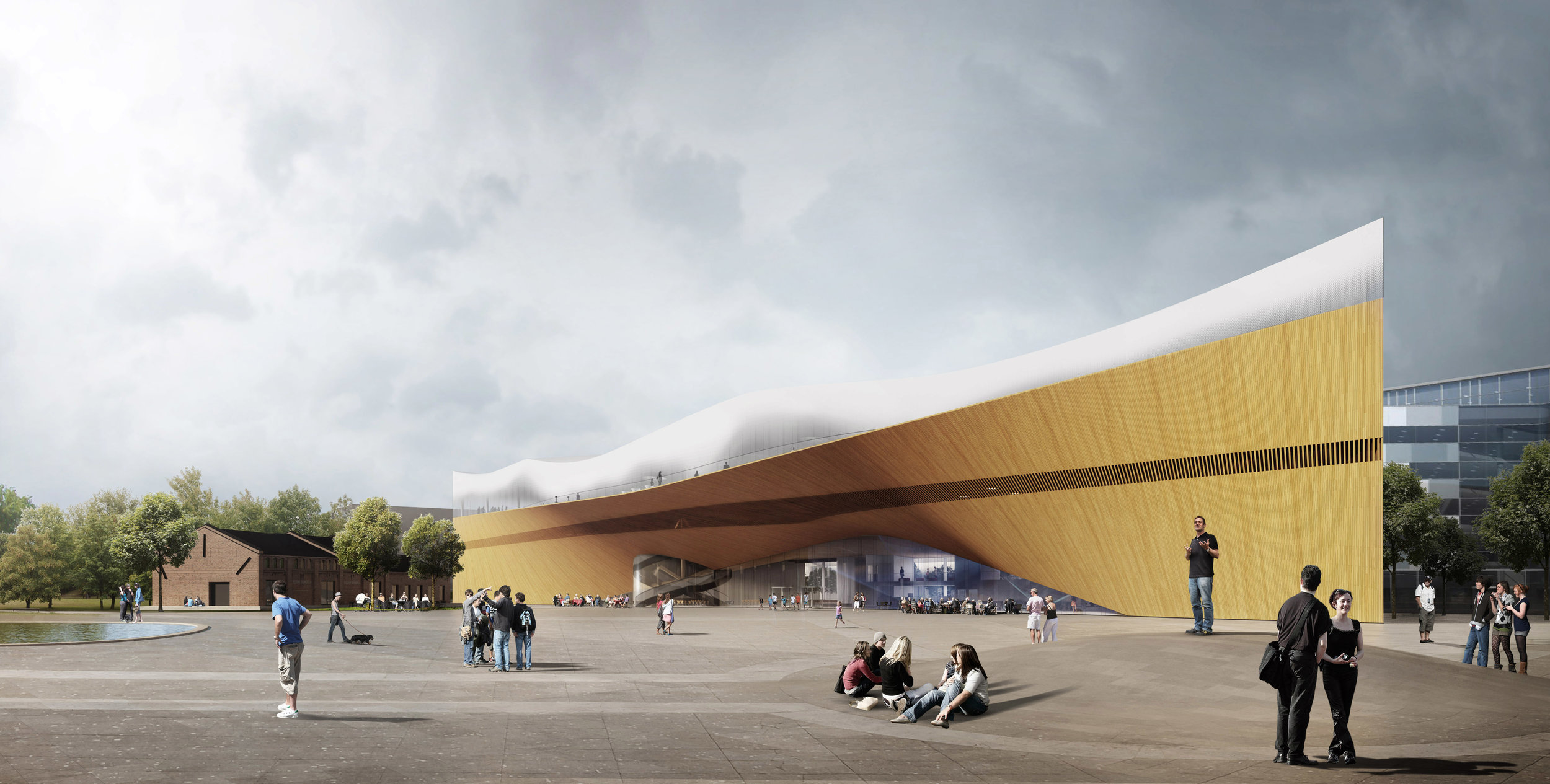

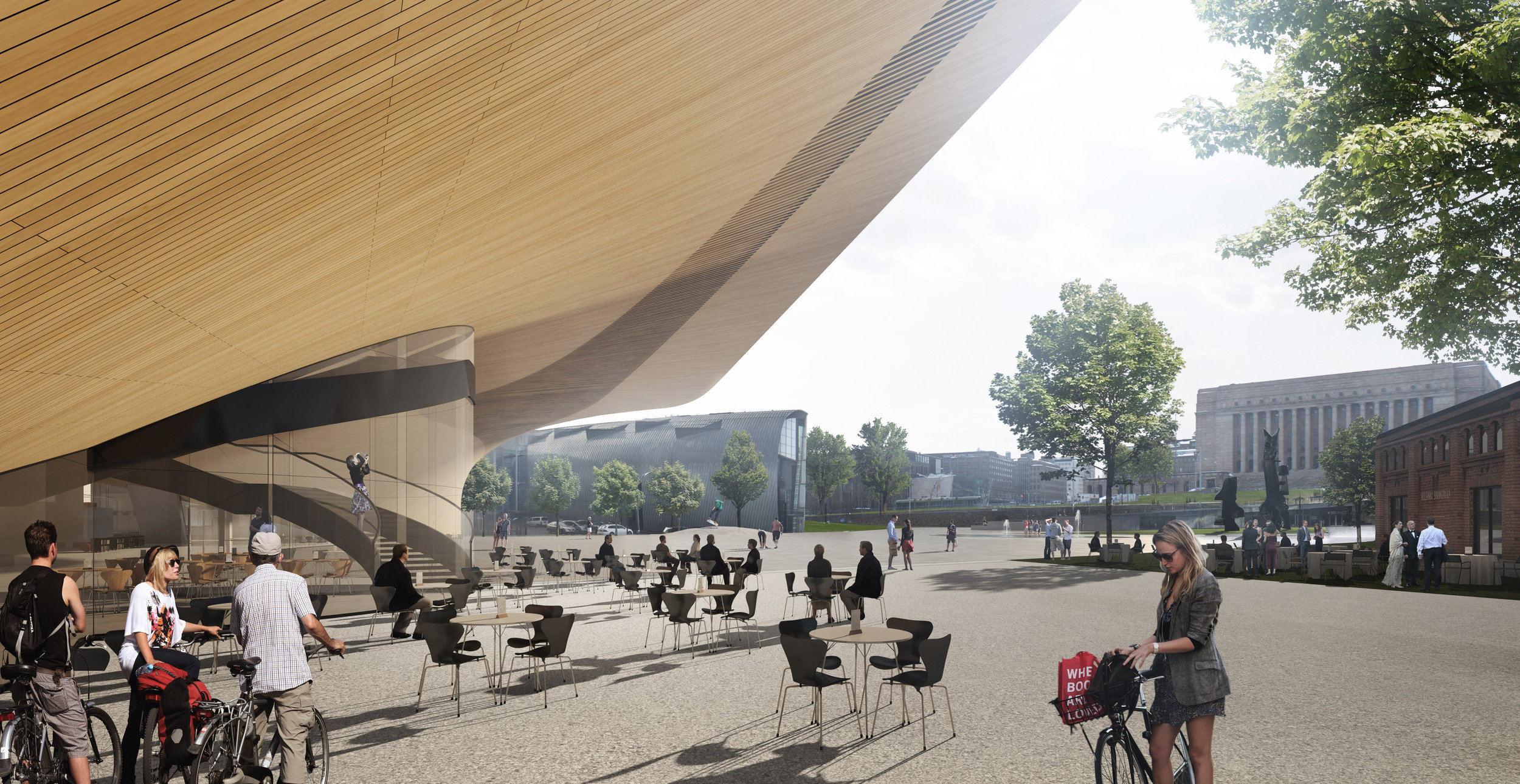
"We are delighted by the great reception that the exhibition has already received. Public libraries capture people's imaginations as key places of learning and sharing. Investing in their great architecture makes libraries stand the test of time, giving us buildings we love and are proud of. In Finland, this has been the case for more than 100 years. Helsinki Central Library Oodi will be the next great chapter, a pulsating heart for the Finnish capital," says Hanna Harris, director of Archinfo Finland and Mind-building’s commissioner.
The Venice Architecture Biennale is the world’s leading architecture event. In 2018 it presents 63 national pavilions alongside the main exhibition, Freespace. Finland has a strong presence in Venice this year, as it is also in charge of the Nordic pavilion. The exhibition is presented by the Museum of Finnish Architecture and features an interactive installation curated by Eero Lundén. In addition, the main exhibition at the Venice Architecture Biennale features a section by Talli Architecture & Design.
Central Library Oodi (Credit: ALA Architects) | Mind-Building exhibition at the Venice biennale (Credit: Ugo Carmeni)
Further information:
Mind-Building is organised by Archinfo Finland and presented with the support of the Ministry of Education and Culture of Finland as well as the City of Helsinki, the Embassy of Finland in Rome, Visit Finland, Visit Jyväskylä, Visit Seinäjoki, Artek, Konto Acoustics, MTAB Finland, the Building Information Foundation RTS, Arkkitehti – Finnish Architectural Review, Alvar Aalto Foundation and Helsinki City Library.
For more information:
Finland's cities are havens for library lovers https://wpyadmin.ne.cision.com/l/vivboyxz/www.theguardian.com/cities/2018/may/15/why-finlands-cities-are-havens-for-library-lovers-oodi-helsinki
Why Finland is home to the world's most radical libraries https://wpyadmin.ne.cision.com/l/vivboyxz/edition.cnn.com/style/article/finland-mind-building-libraries-venice-biennale/index.html
Helsinki Central Library Oodi http://media.ne.cision.com/l/vivboyxz/www.oodihelsinki.fi/en
Mind-Building exhibition at the Pavilion of Finland http://media.ne.cision.com/l/vivboyxz/archinfo.fi/en/venice-biennale/mind-building
After establishing high standards in the art of the poster, Poland has been considered to be at the forefront of poster art. For over a hundred years, Polish poster has been well-known worldwide. Poster as a technique evolved rapidly. The First International Poster Exhibition took place in Cracow in 1898. After the restoration of Poland's sovereignty in 1918, the art of poster began to flourish, centered around the city of Warsaw.
In the 1920s and 1930s, not only the Polish government made large-scale use of posters, but also commercial companies were turning this medium to meet the needs of industries such as tourism, business, sport, railway services or shipbuilding. This brilliantly developing art was interrupted by the Second World War and posters began to play a significant role. They became a communication channel of the communist government, spreading soviet propaganda until October 1956. It was a year of transition for Polish people. As Stalinist faction was significantly weakened, it also began to lose its power over artistic forms of expression.








Because of the communist government was less vigilant over some arts, the sixties was the time of international shows and large “exhibition boom” of Polish posters. Artists have managed to combine truly wonderful artistry with commercial purposes and, as a result, polish "way" of thinking about the poster become a world- famous novelty. Polish style began to be so recognizable worldwide, that the movement has even gotten a name- 'Polish School of Posters'. It was centered around one of the finest poster and graphic artists in the world, Henryk Tomaszewski.
As Poland for decades remained behind the iron curtain, it was the poster to provide the only credible window on the world. Because of how strongly the poster responded to social needs, a sense of solidarity between the artists and the audience appeared forming sort of a social bond- the names of the artists were widely known within the country. Therefore the Polish poster has become the voice of the people who would have been speechless without it.
"Posterized" exhibited at the PMQ in Hong Kong is an introduction to the most influential, award-winning contemporary poster artists from Poland - Mieczysław Wasilewski, Władysław Pluta, Małgorzata Gurowska and Lex Drewinski, to name but a few.
It is a conjunction of various creative personalities: from graphic designers to illustrators and independent artists, whose work focuses around a poster as a medium. As it also was relevant in the 1960's, such unique sharpness can only be achieved with an observant eye of an excellent poster artist.
The participants were also asked to carry out the project titled "Tribute to Hong Kong," which is their homage to the city and its long history. We're hoping, that this experimental project about this glorious city will be a refreshing venture and will initiate a series of unique posters.






A series of programmes will be presented during the exhibition period: there will be a typography workshop tailor-made for kids and a poster workshop for both kids and adults. Curators will talk about polish posters and how posters make graphic design a unique medium in the lectures and lead public tours on weekends.
WORKSHOPS
Typography workshop for kids (age: 8-13) - Duration: 1,5 hours
During this workshop, kids will get to know better how to use letters, how to make stencils and posters with them. We will also experiment with forms and colors making concepts of our poster designs.
03.06 (SUN) - 12.30 P.M. - 2.00 P.M.
Workshop for adults and kids: How to design a poster without letters and make it talk? - Duration: 1,5 hours
02.06 (SAT) - 12.30 P.M. - 2.00 P.M.
LECTURES
Polish posters during 1958-2018. Lecture by Max Skorwider/ Aga Mori PhD
Presentation and lecture on the multimedia projector.
30.05 WED 7.30 P.M. - 8:30 P.M.
Witty thinking in graphic design. - Lecture by Max Skorwider PhD
Posters that made graphic design unique compared to other media. Presentation and lecture on the multimedia projector.
31.05 (THURS) 7.30 P.M. – 8:30 P.M.
Curatorial tour - by Marta Skorwider/Aga Mori /Max Skorwider
02.06 (SAT): 4.00 P.M. (Duration 30 -45 min)
Open workshop: 25.05 – 10.06
Exhibition: Posterized. Poster Art From Poland.
Exhibition: Duration: May 25 - June 10, 2018 (11am - 8pm)
Venue: Qube, 2/F, PMQ (35 Aberdeen Street, Central)
Website: http://posterized.eu/
Merging food, creativity and architecture- EAT! 2015


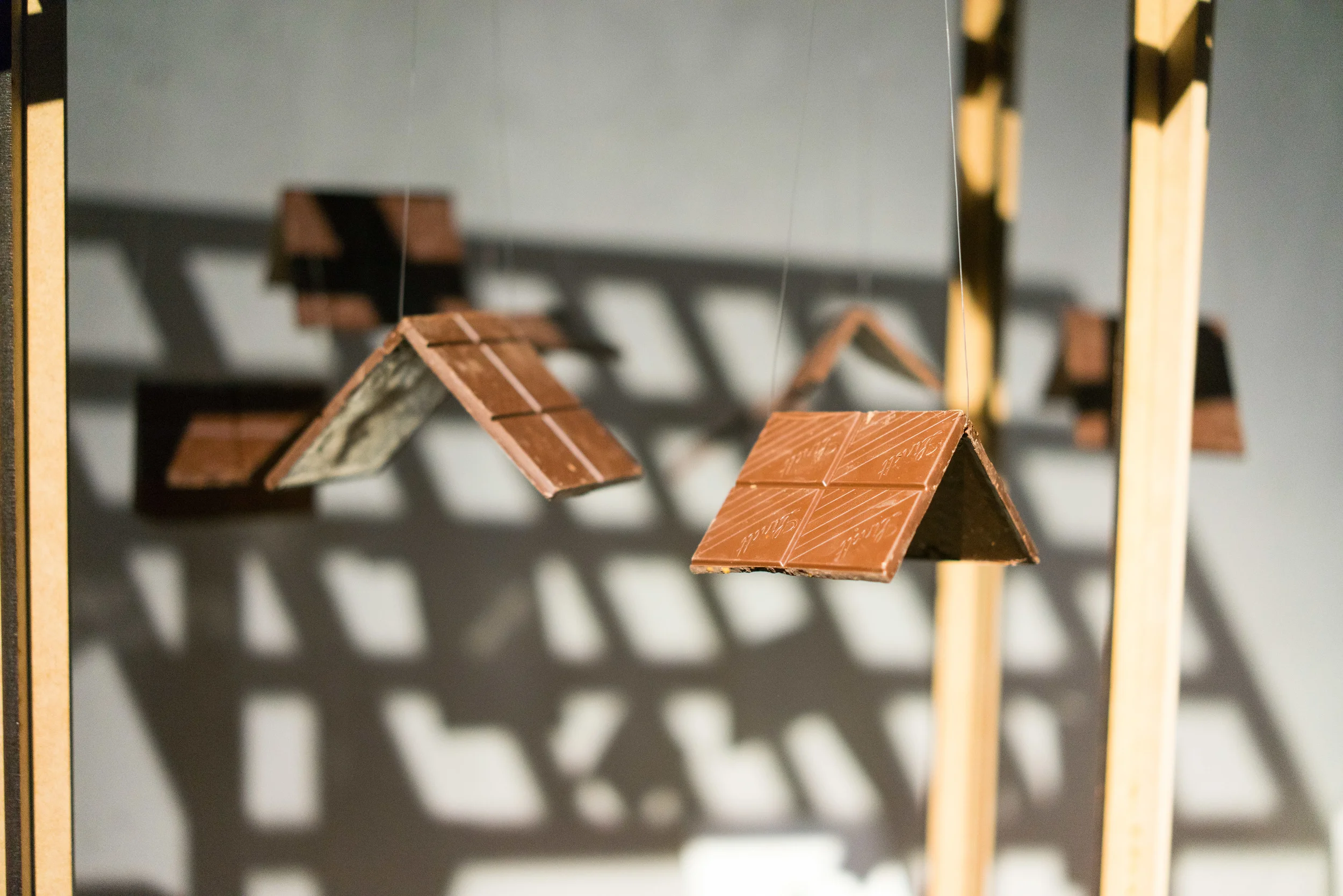



Royal Institute of British Architect Hong Kong Chapter’s (RIBA HK Chapter) hosted an event of food and architecture cross-over! EAT! 2015, was held in the Qube at PMQ in the evening of last Tuesday, March 24, 2015.
The focus of the event was centered on the competition to design and realize a dessert inspired by an iconic architectural design in Hong Kong or the UK. Creations from three finalists were presented and sampled by a panel of guest judges, led by Harry Parr and including John Campbell, Jo Hawley, Edwin Chuang, CEO/Founder of sáv Hospitality Group, Jeffrey Koo (A famous pastry master chef) who had been valuable advice and support to the finalists during the preparation of the desserts, Louisa Ho, President of Hong Kong Bakery and Confectionery Association and Jean Marc Gaucher, head pastry chef at Mira Hotel, as well as 8 members of the audience selected on the night.




The event organized in association with the GREAT Britain Campaign, kicked off with welcome speech by John Campbell, Chairman of RIBA HK Chapter and opening remarks by Jo Hawley, Director of UKTI. These were followed by a keynote speech by Harry Parr of Bompas and Parr from the UK, showcasing the wonderful range of food and architecture cross-over projects the
company has created over the years. One of the highlight, Mr Parr enclosure in which audiences were invited to an all‐encompassing experience in a dense mist of Gin and Tonic!



Winners, Alan Cheung Kwok-lun and Sarah Mui Sze-wa with their imagination and creation had entitled Serpentine Pavilion Platter. To make the perfect and successful evening, Kenwood was given their Kitchen Machine Chef Classic to one lucky draw winner from the audience.





